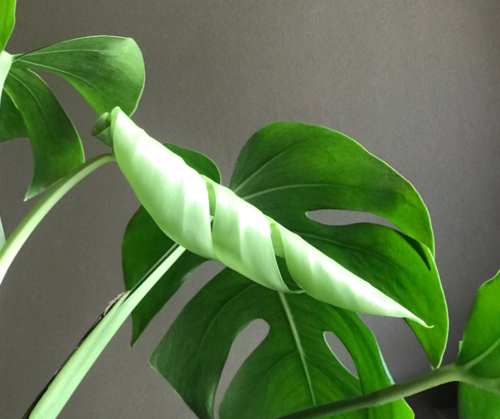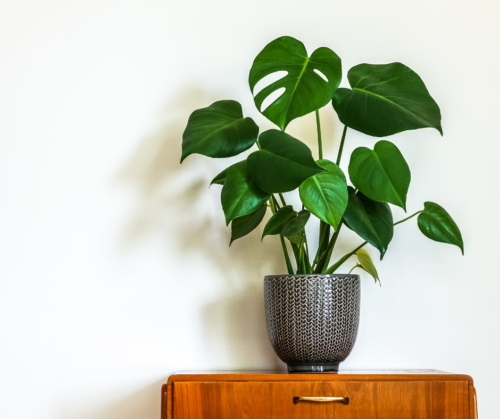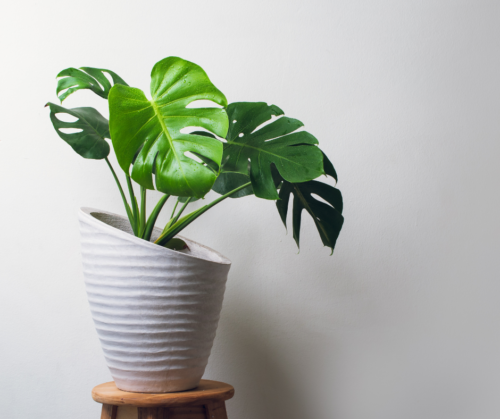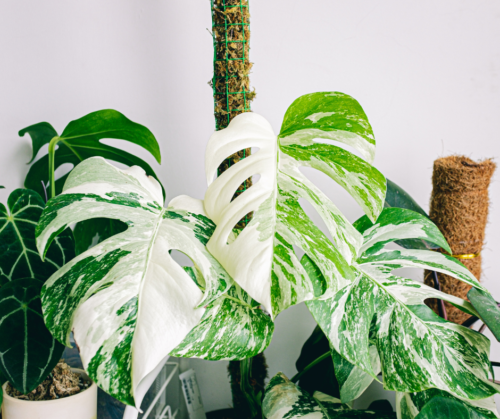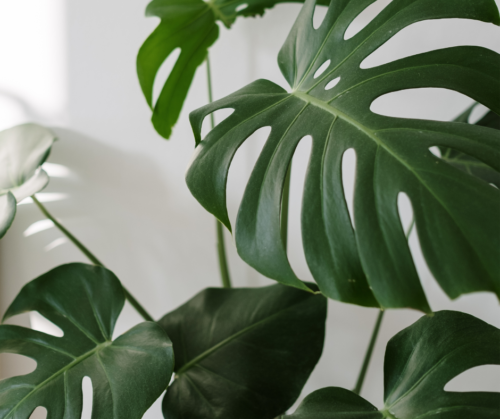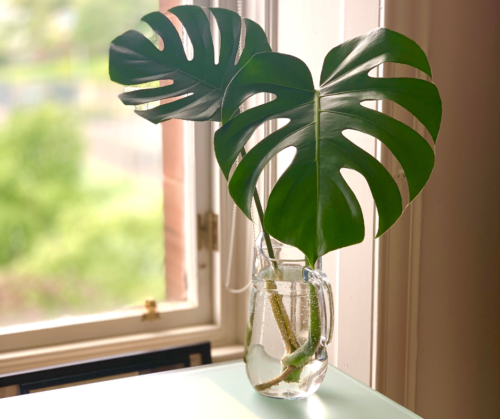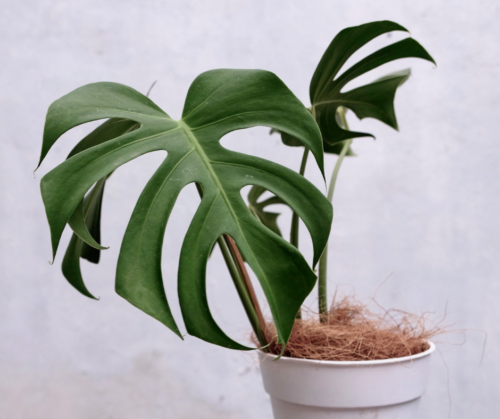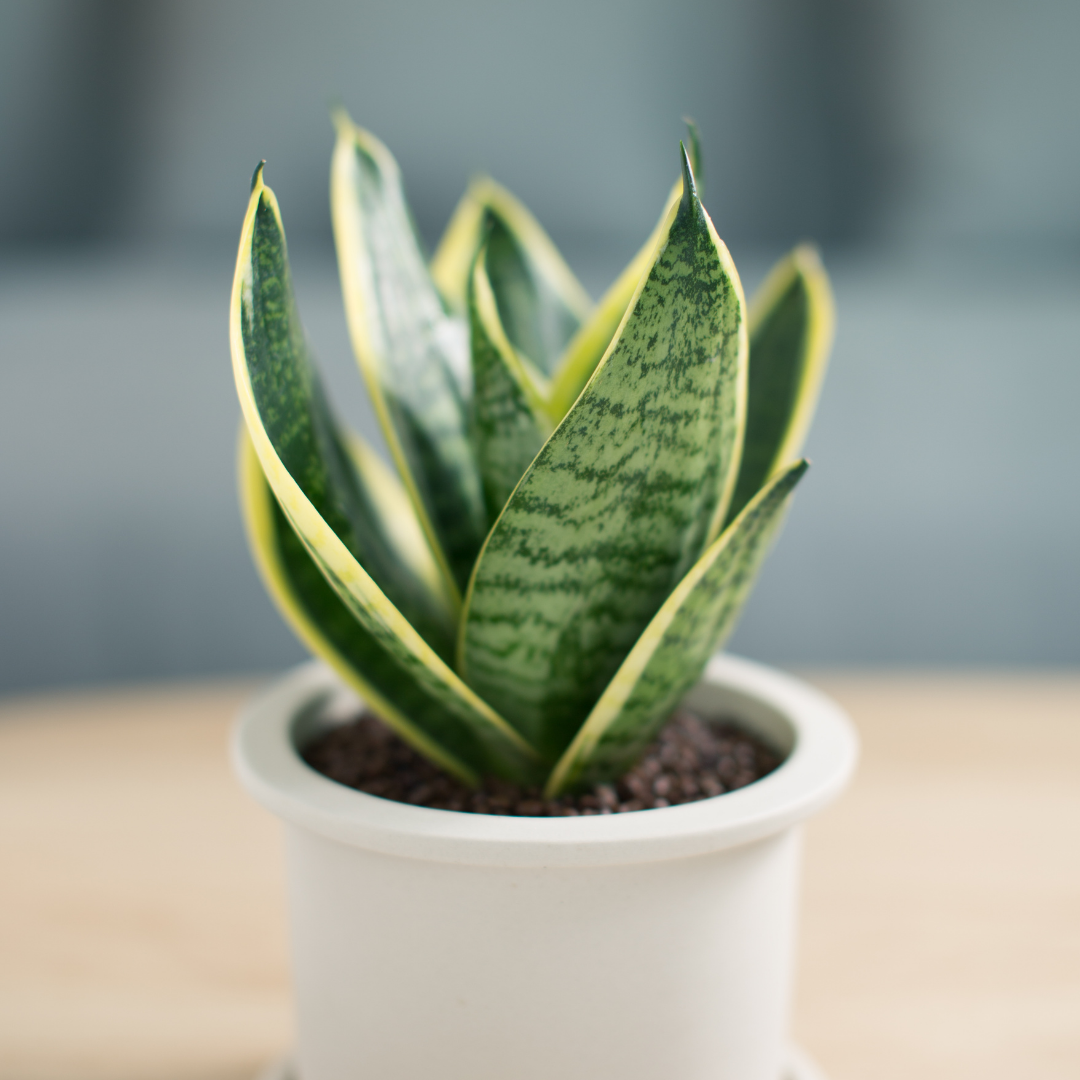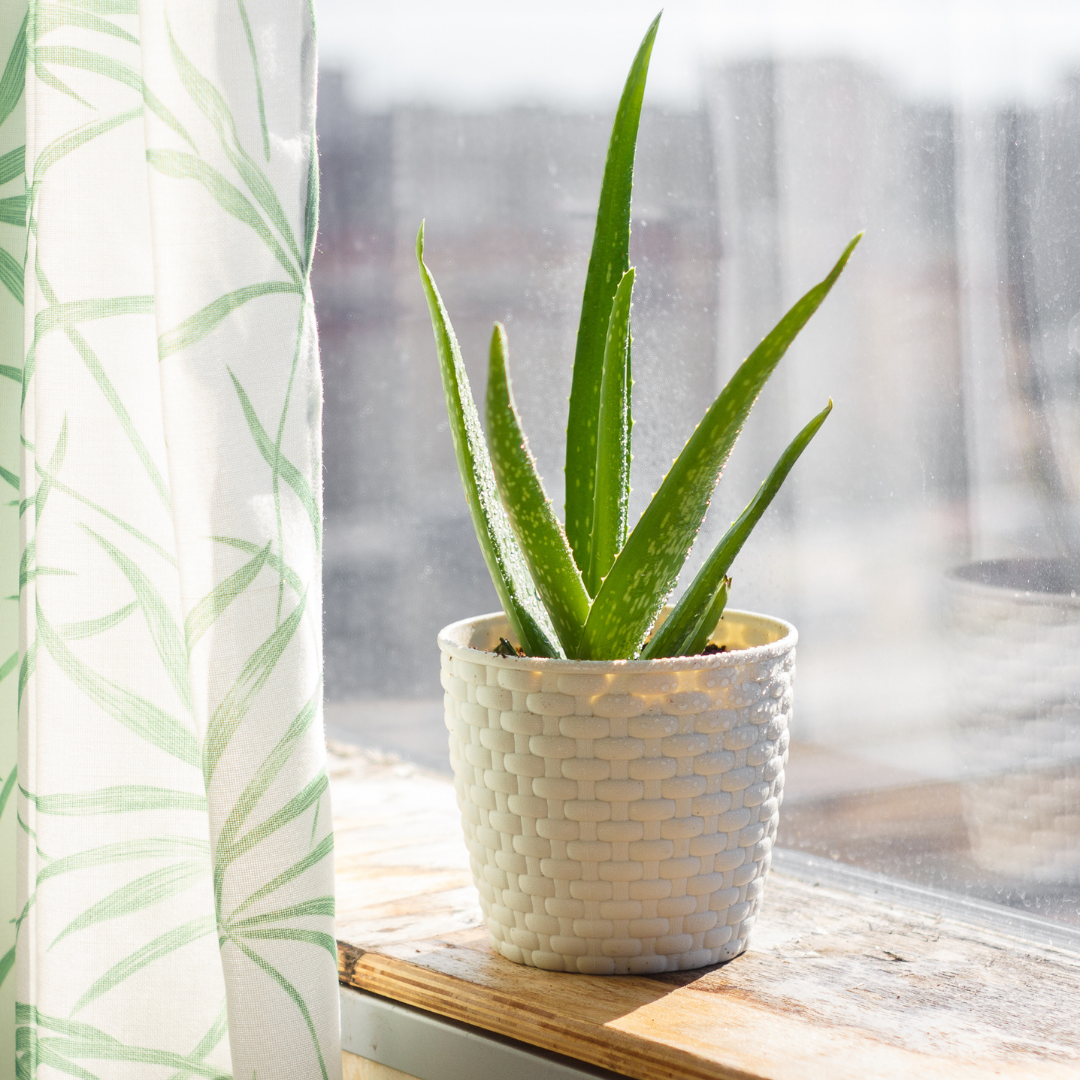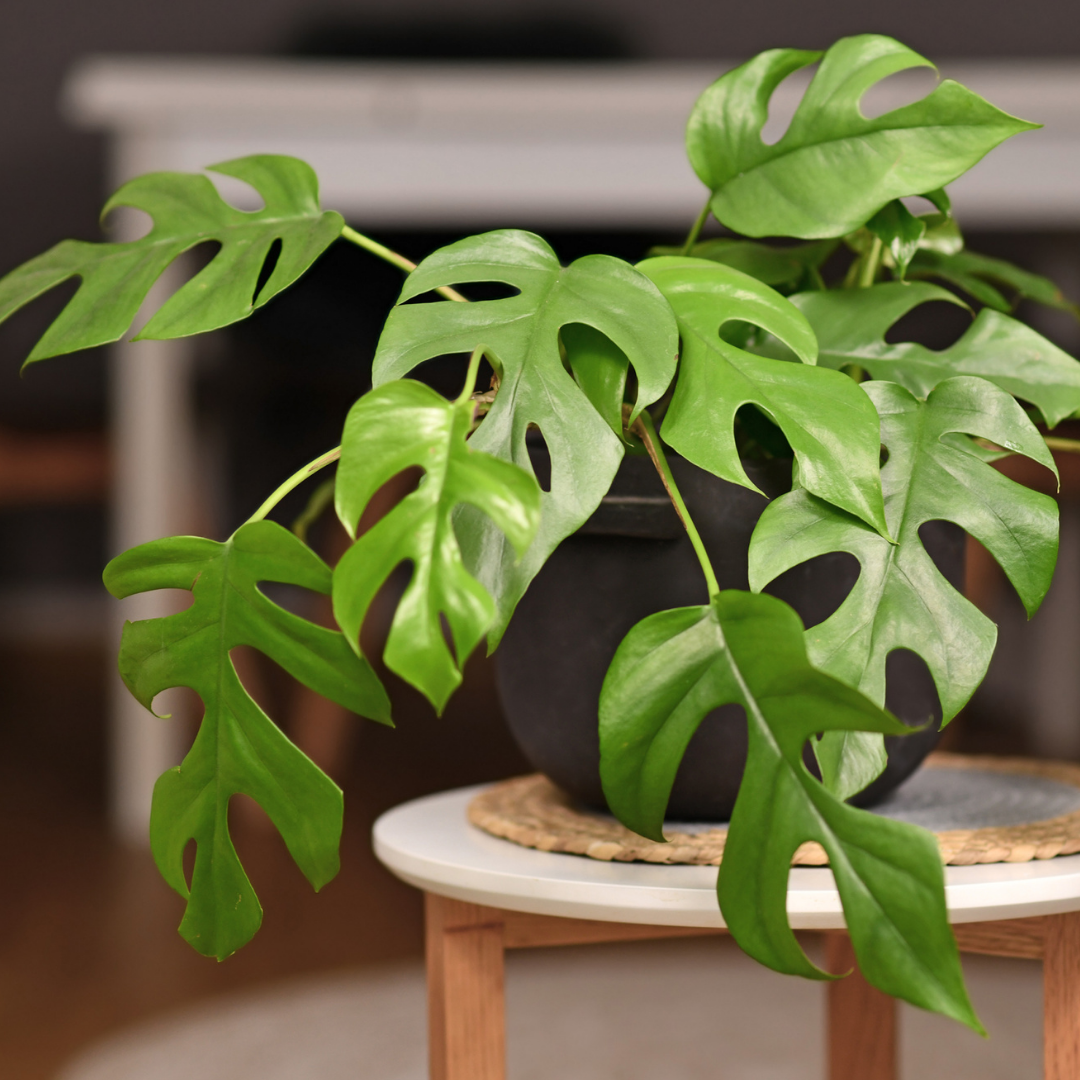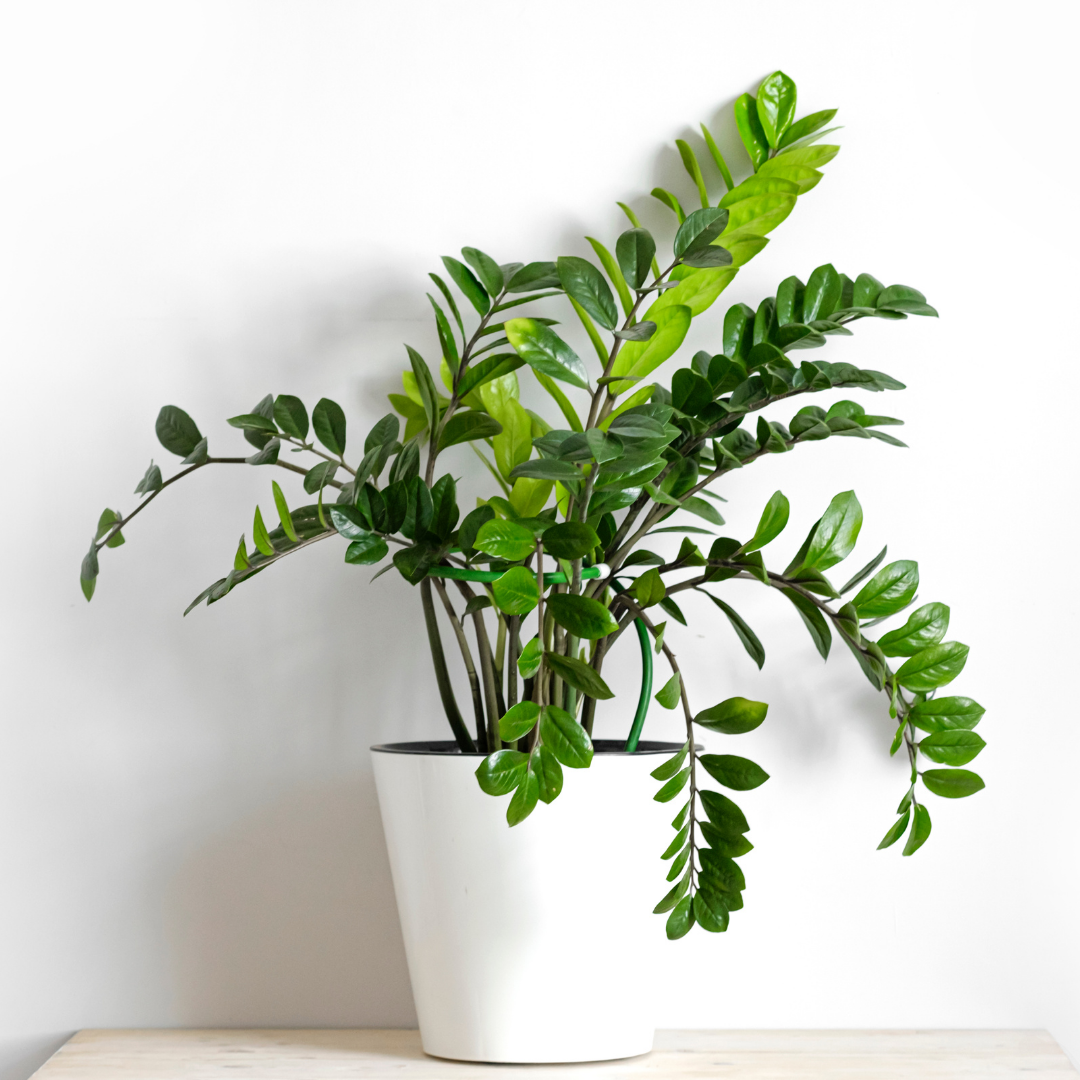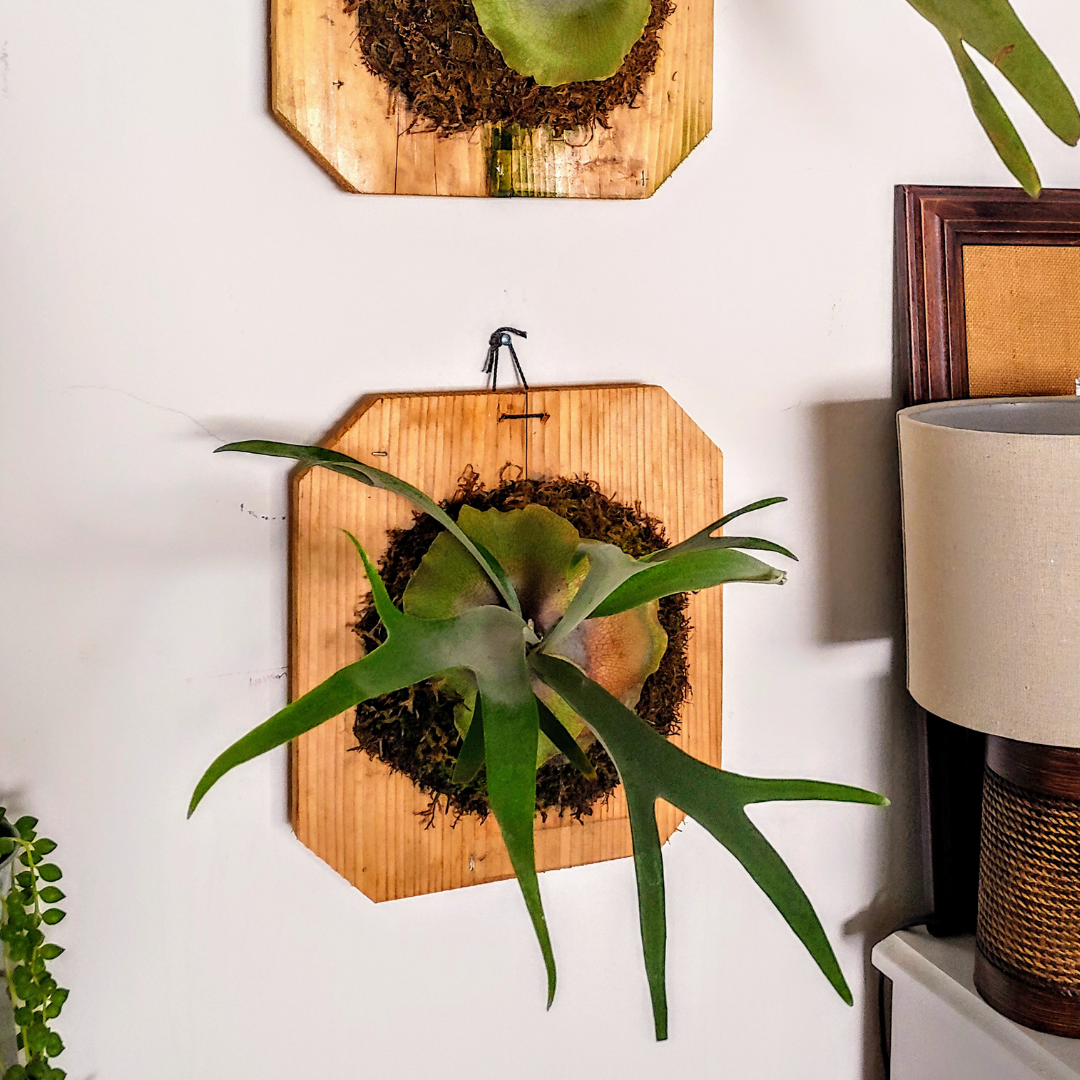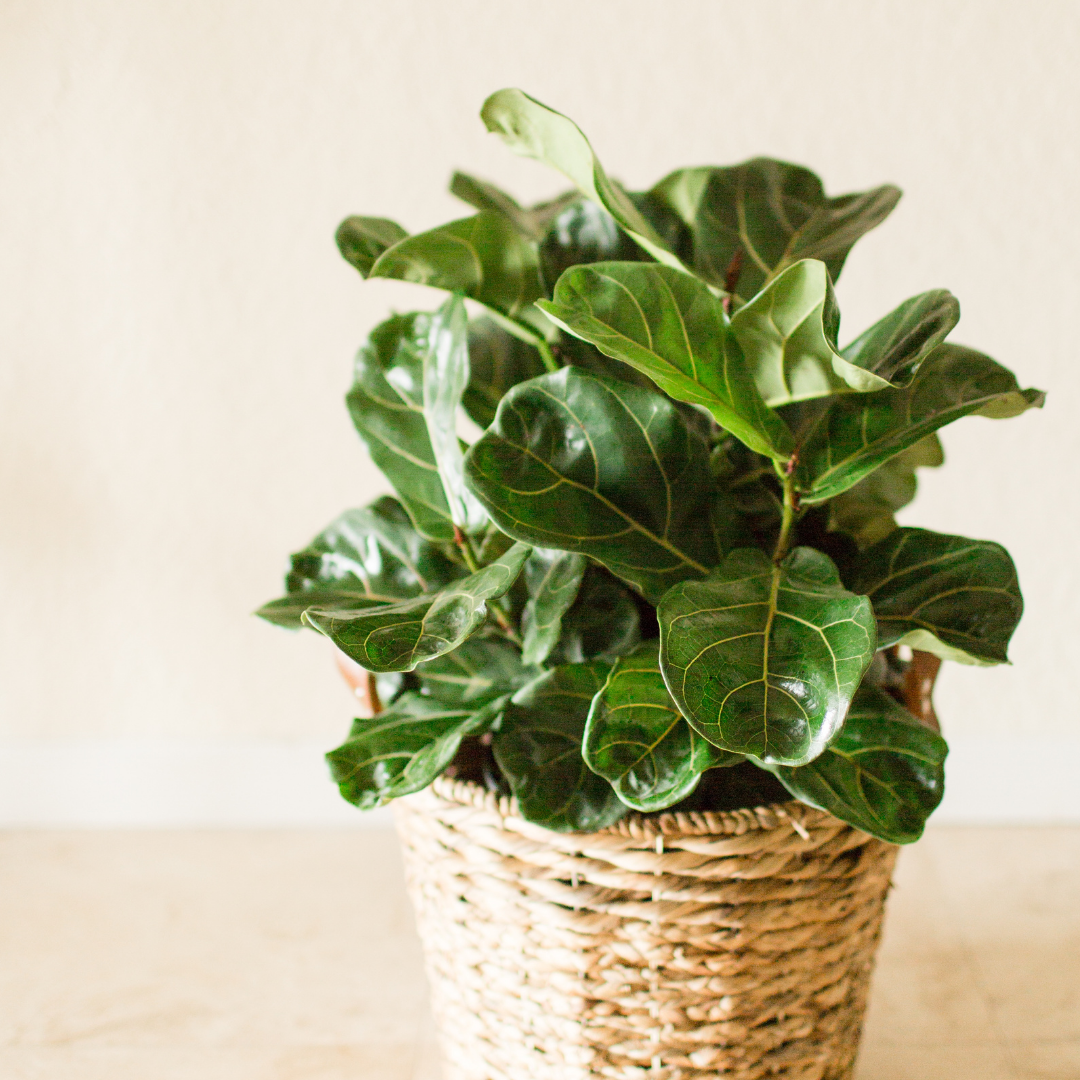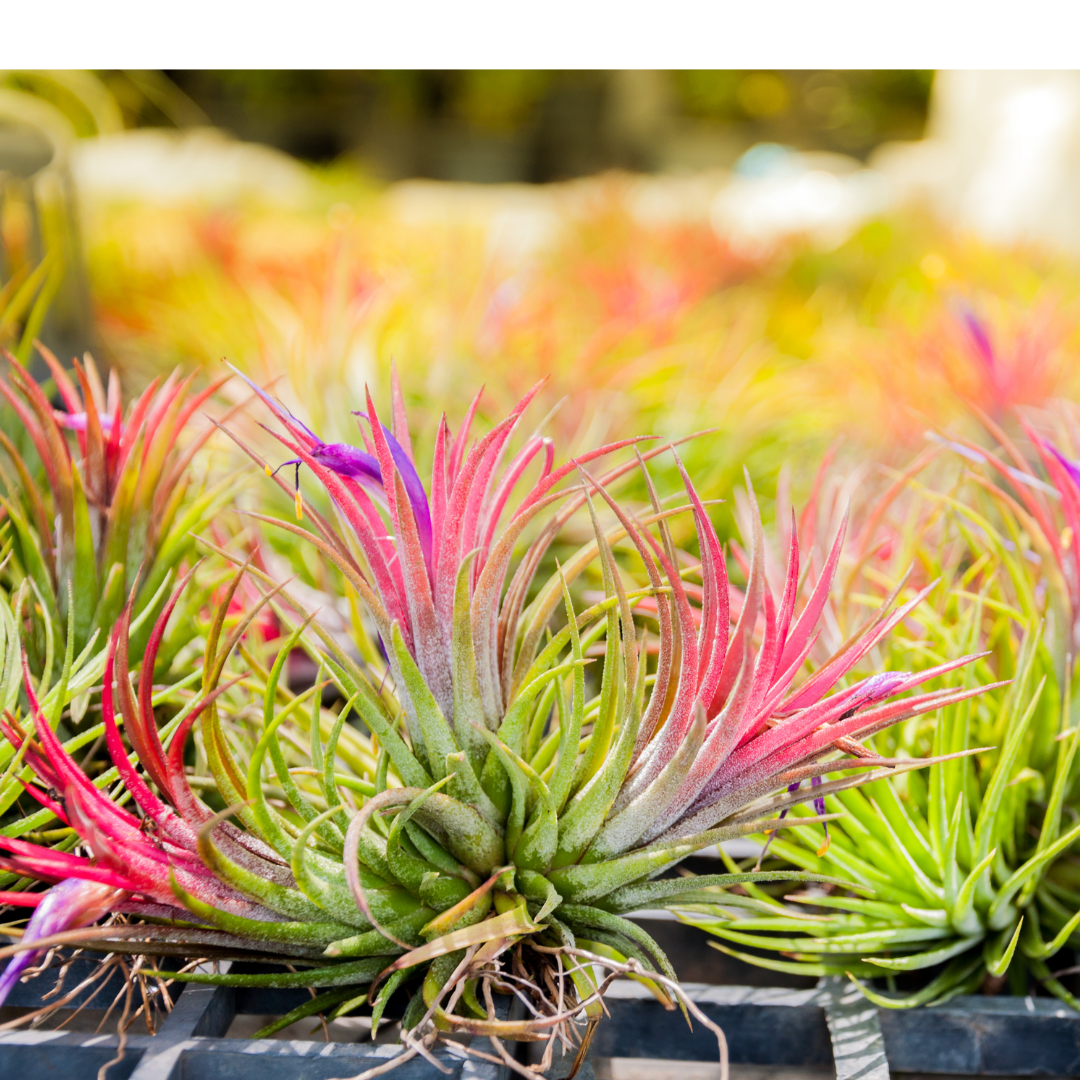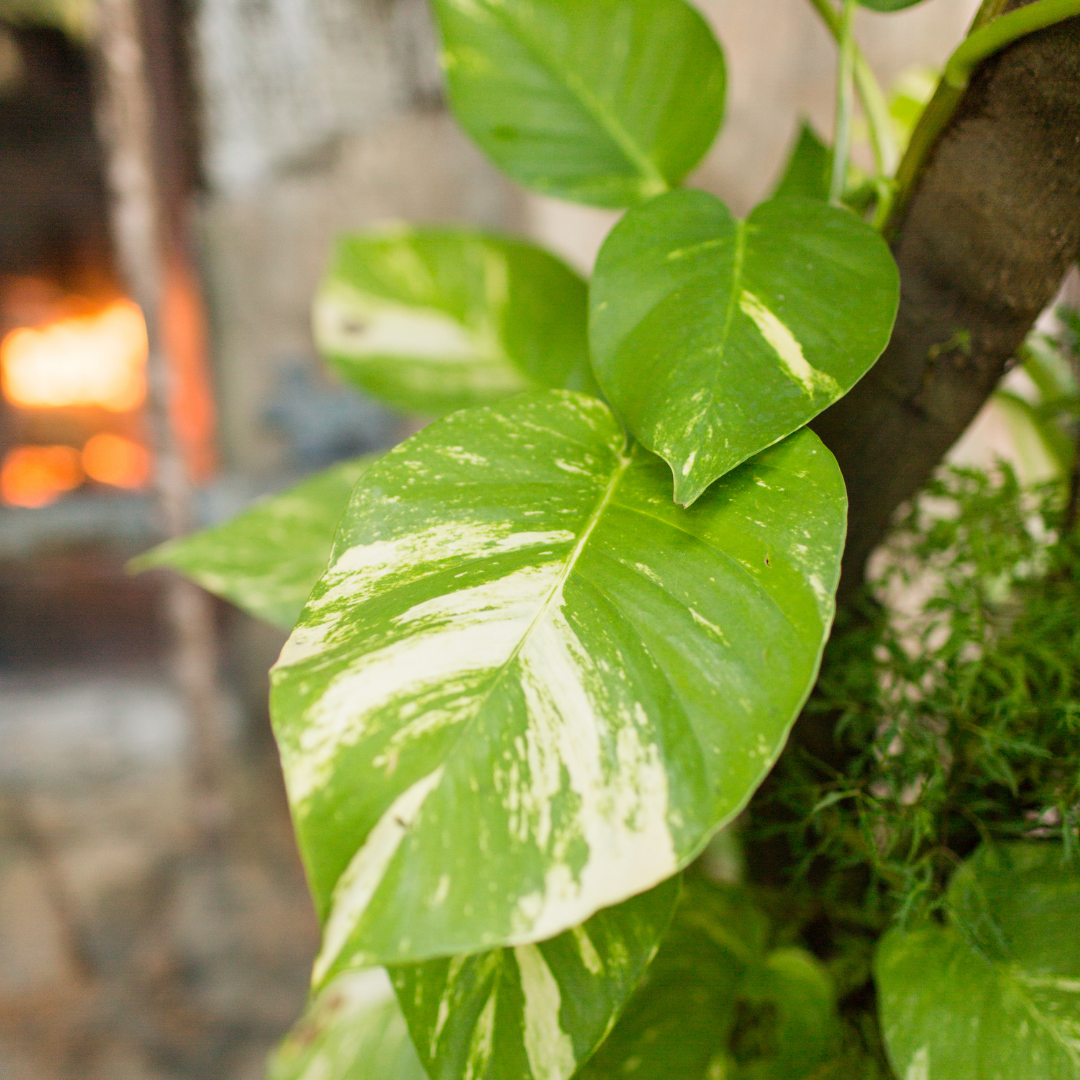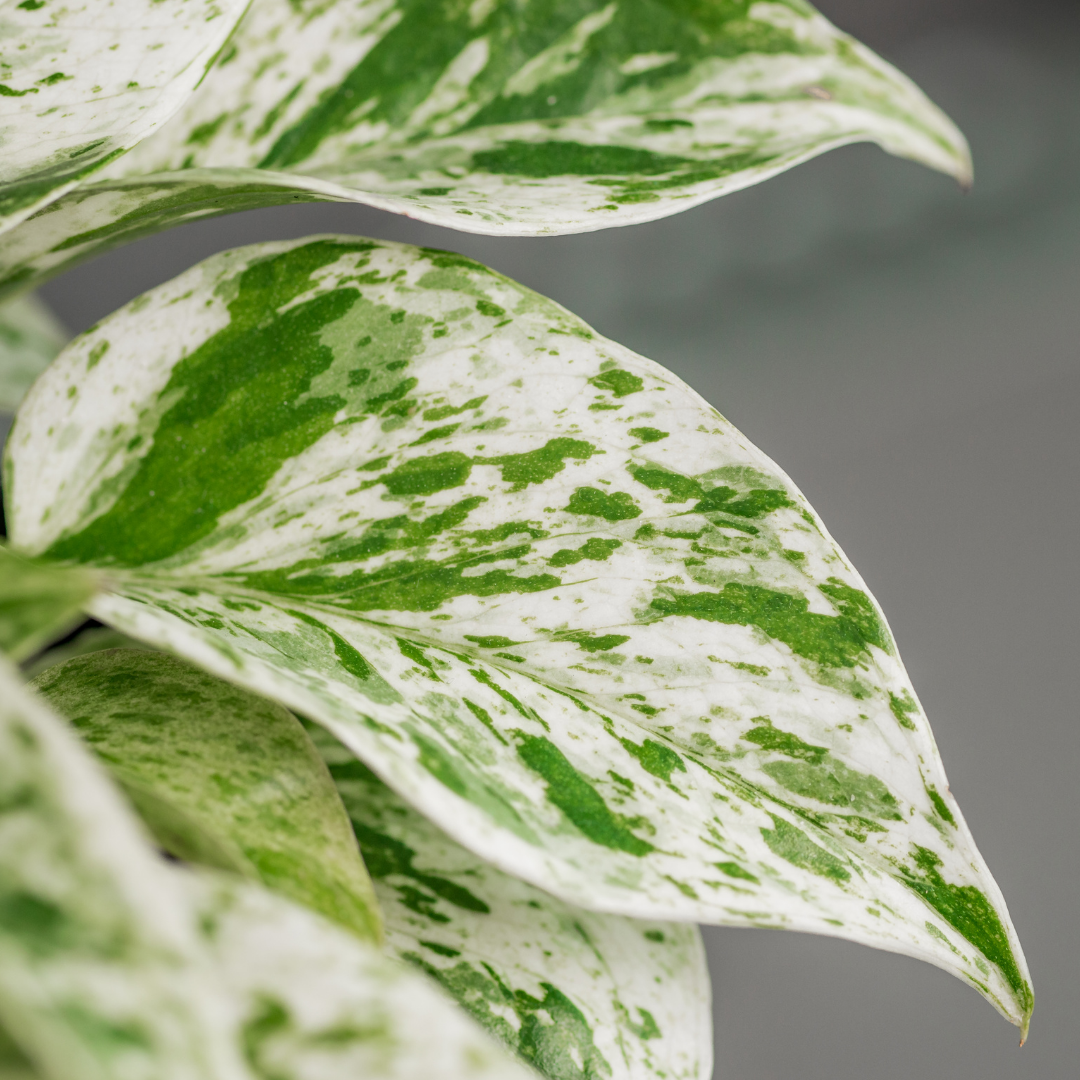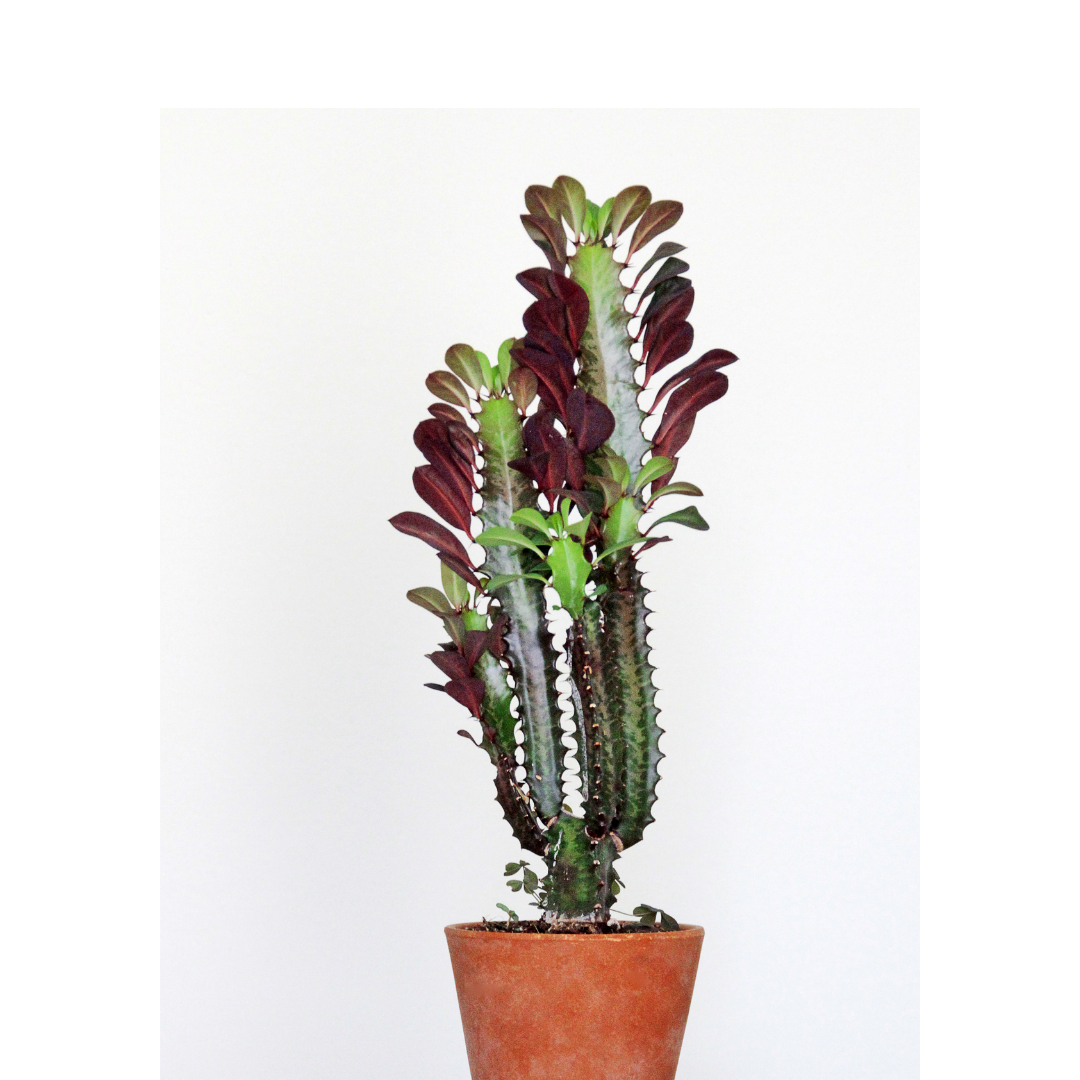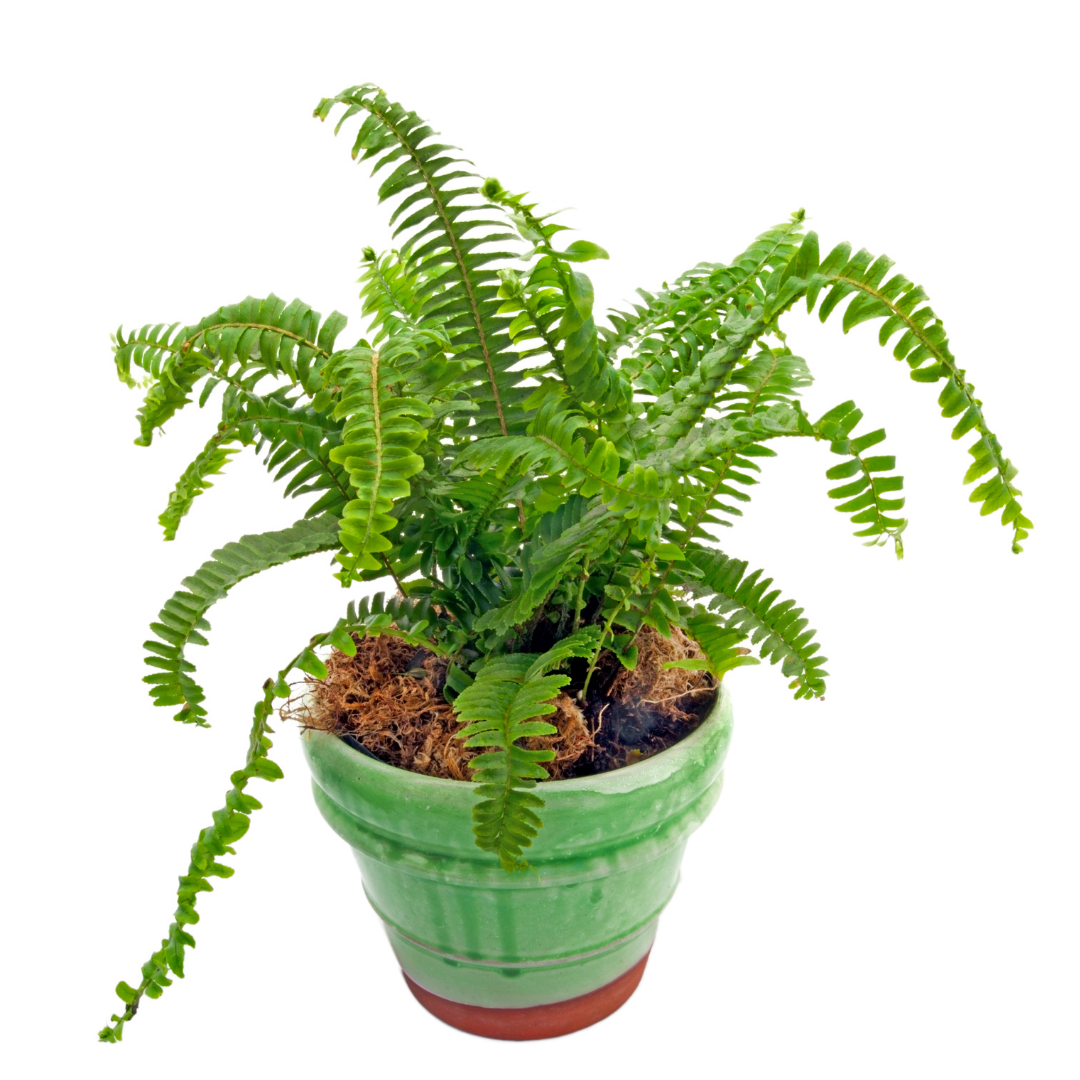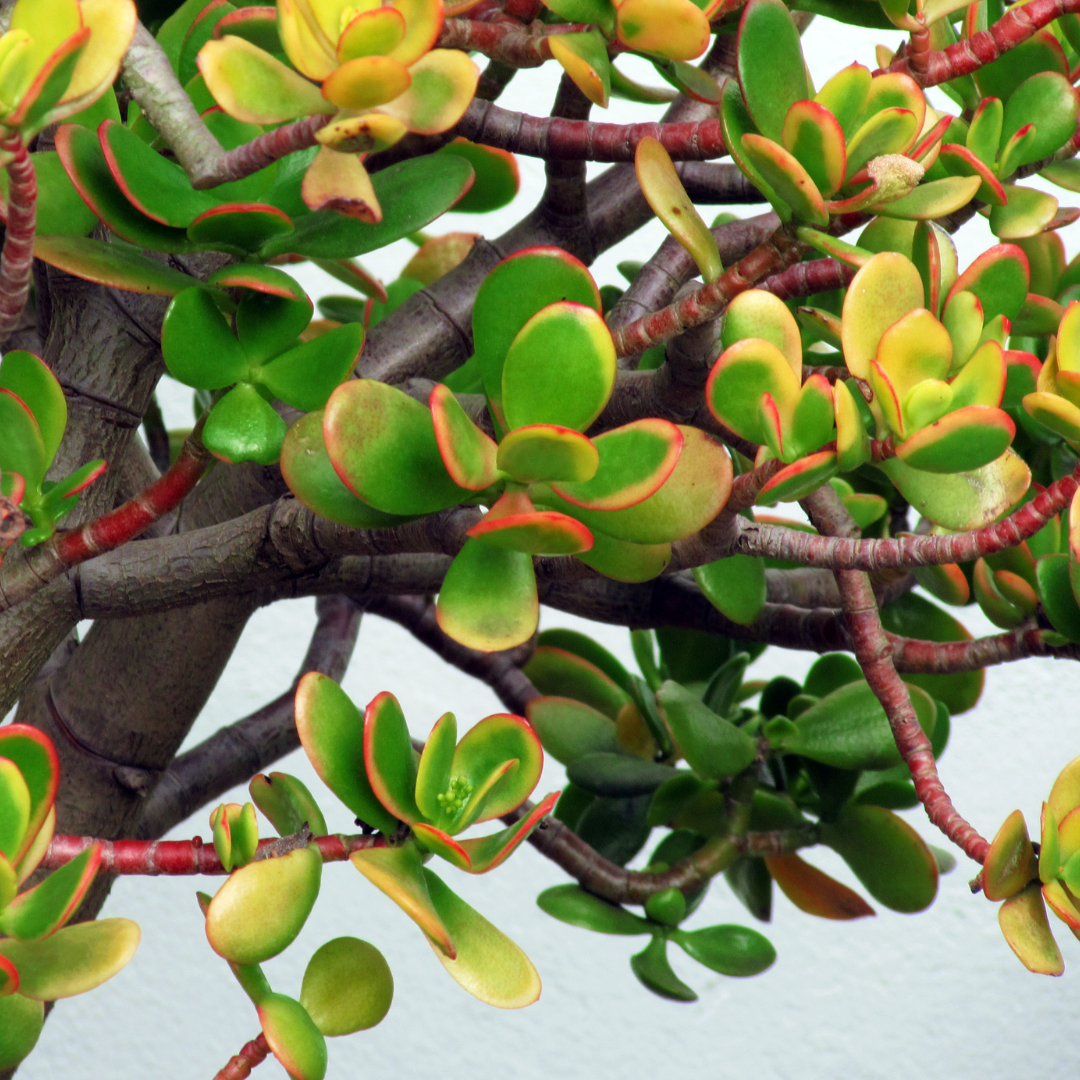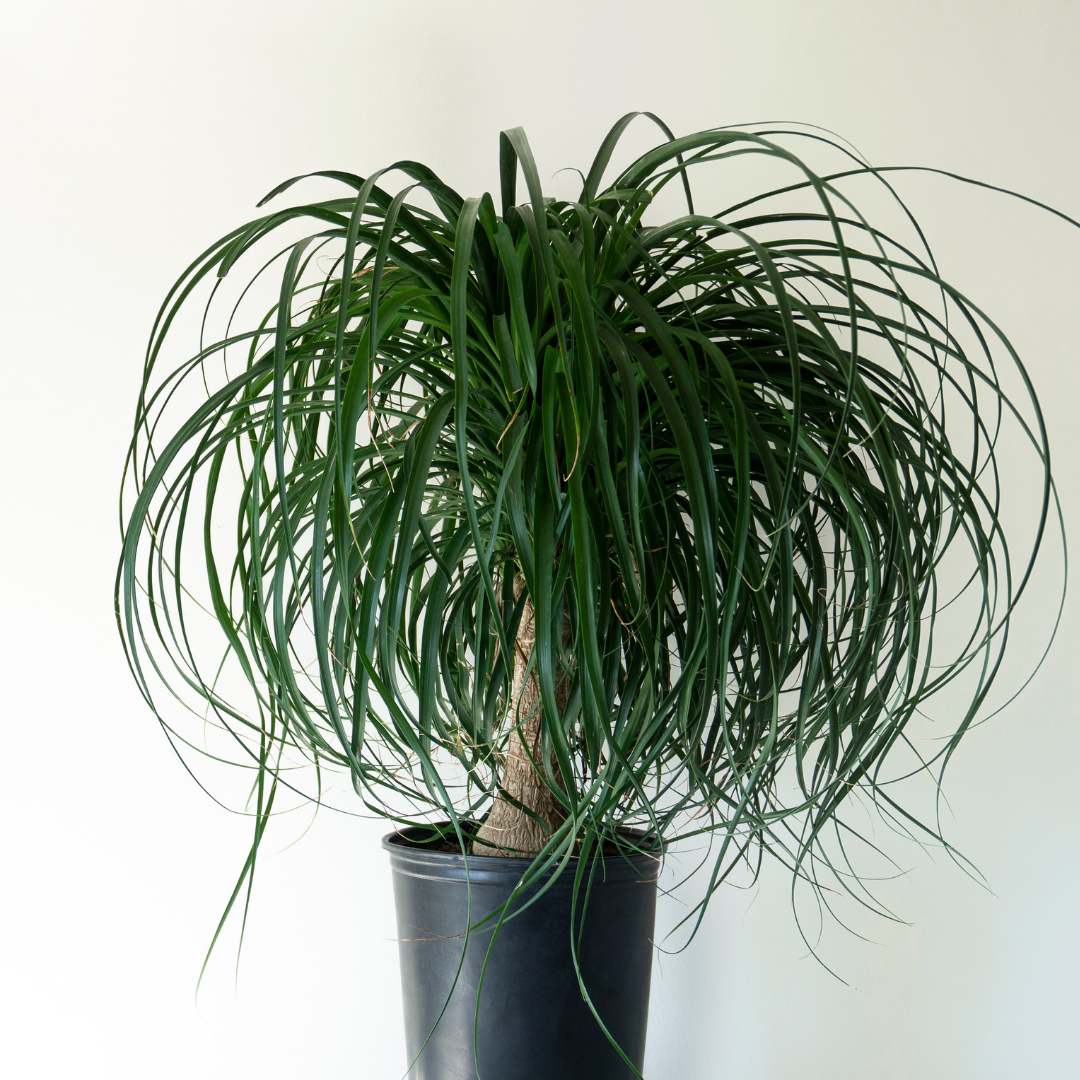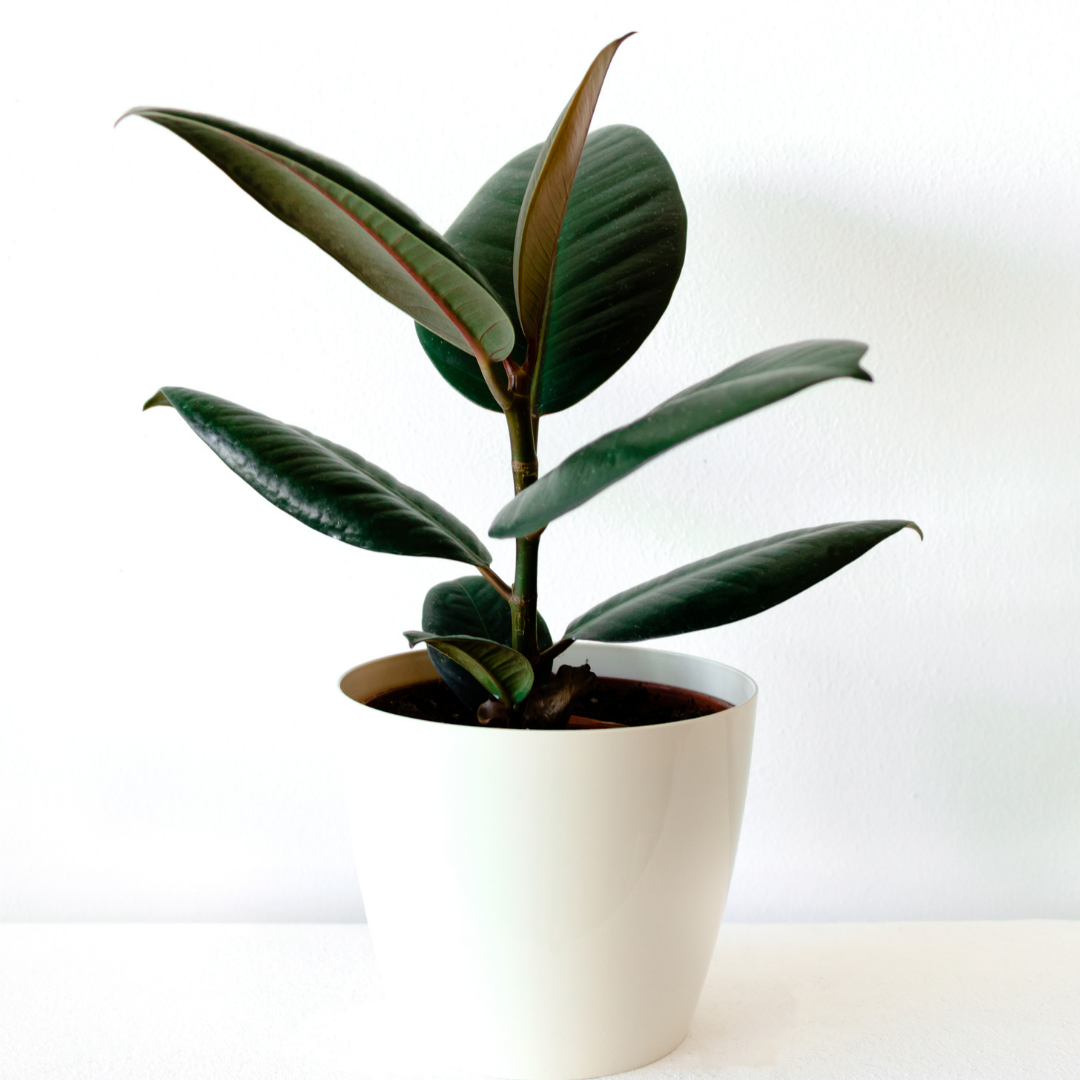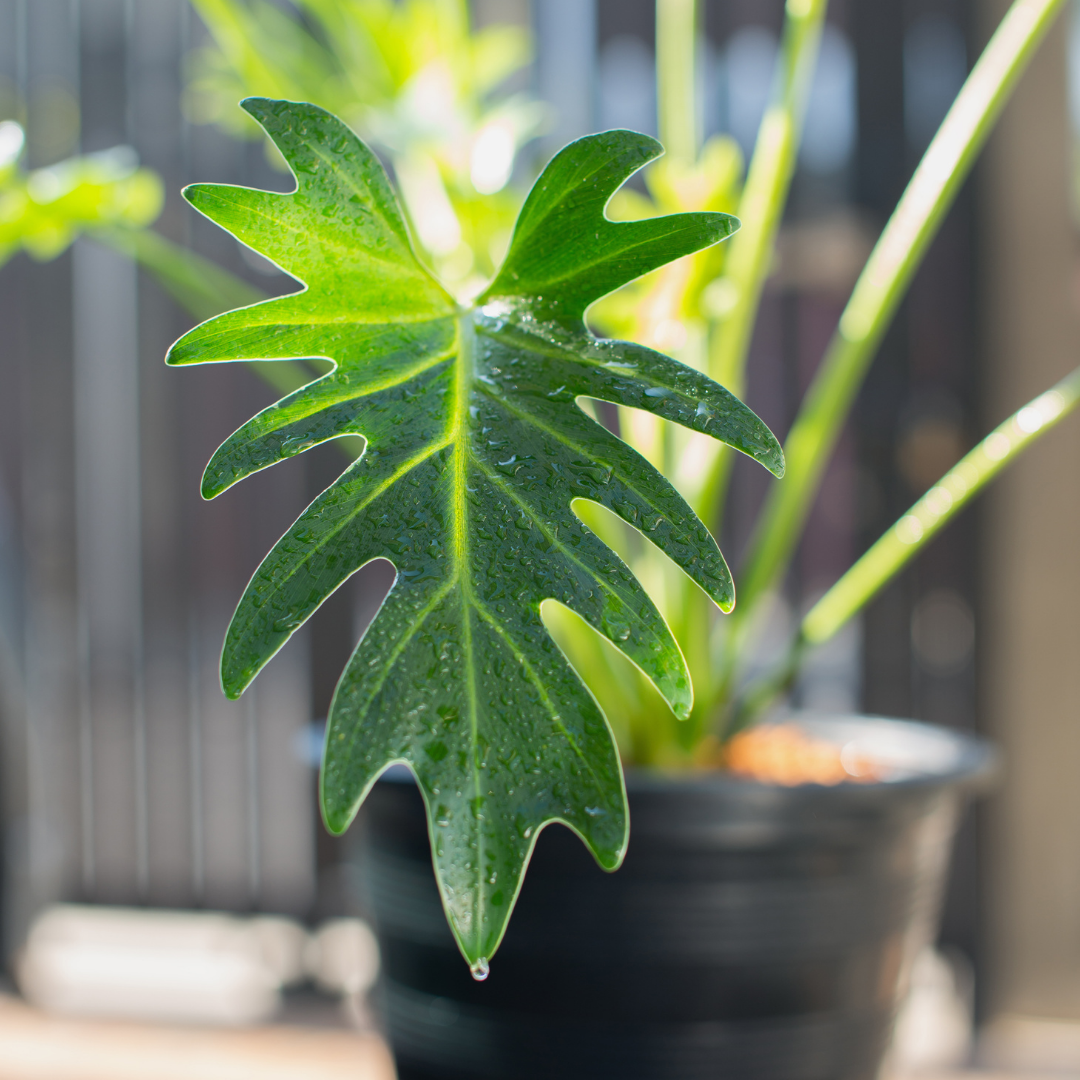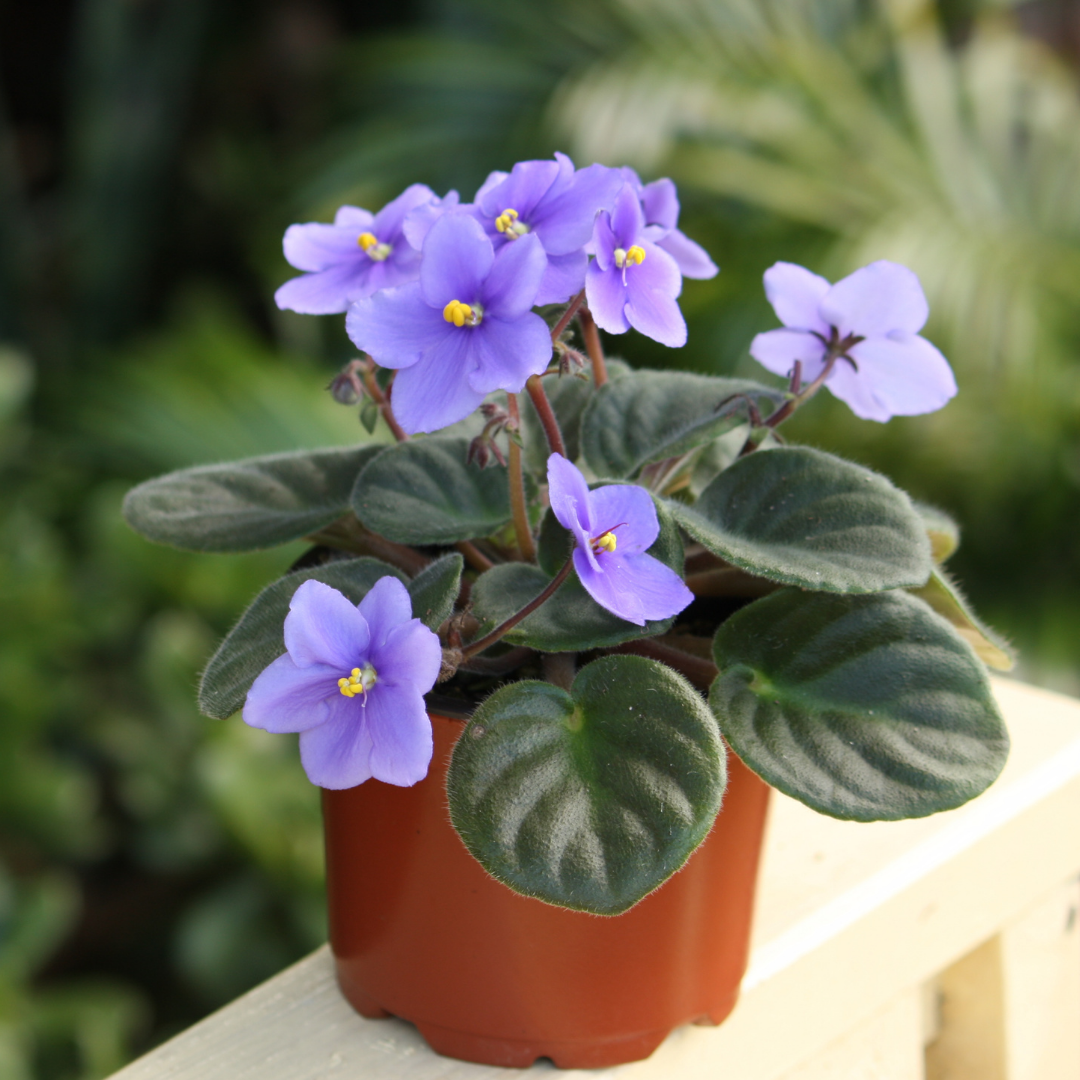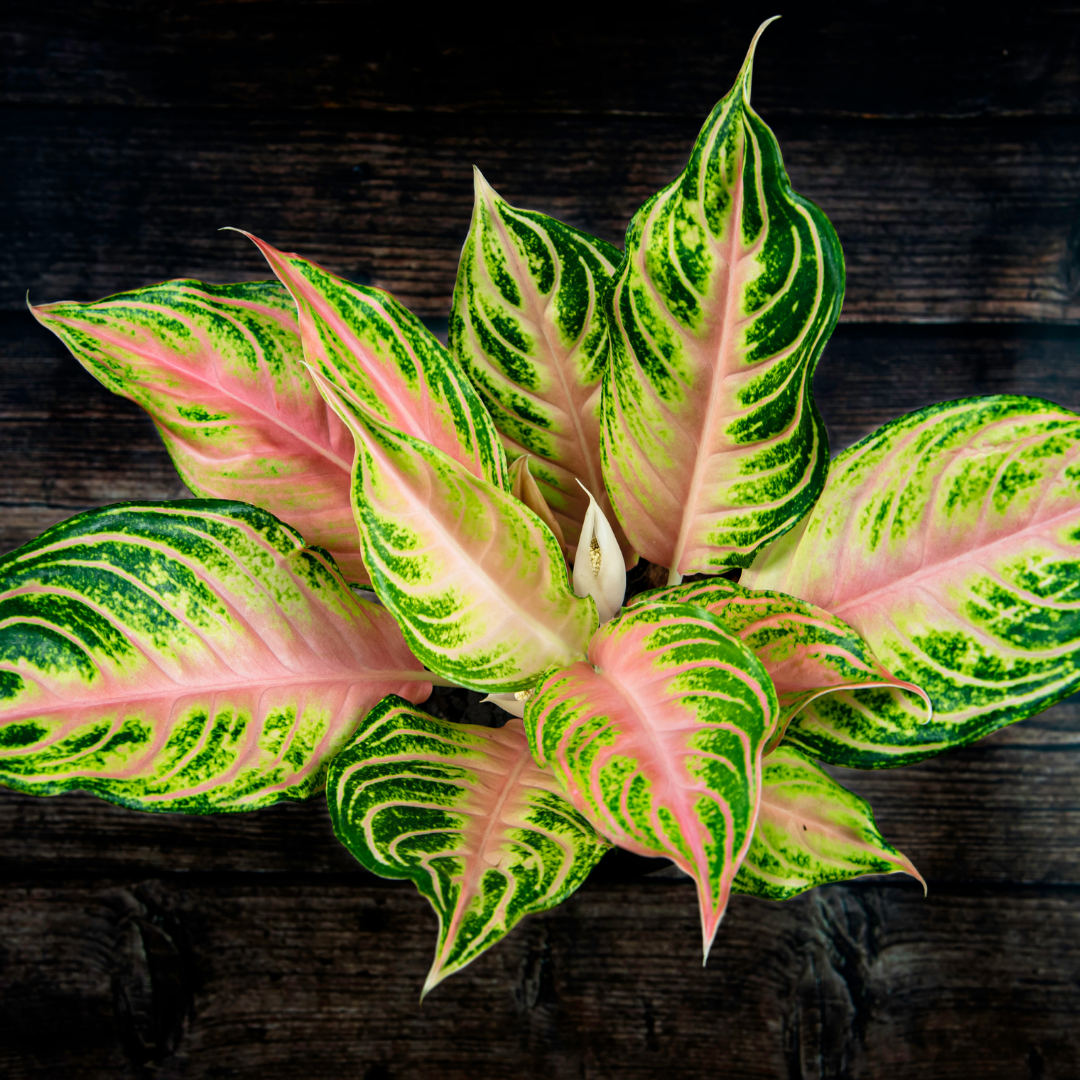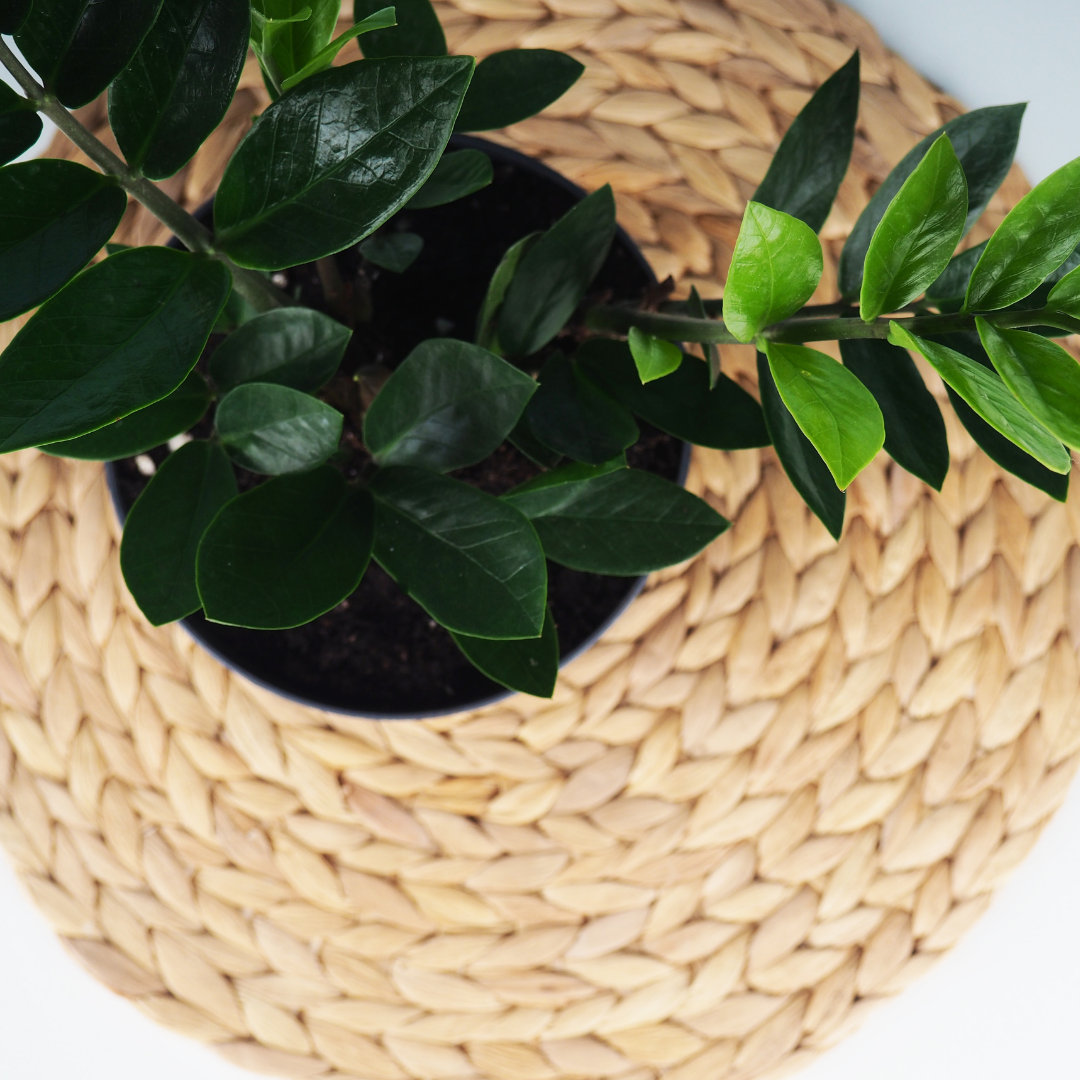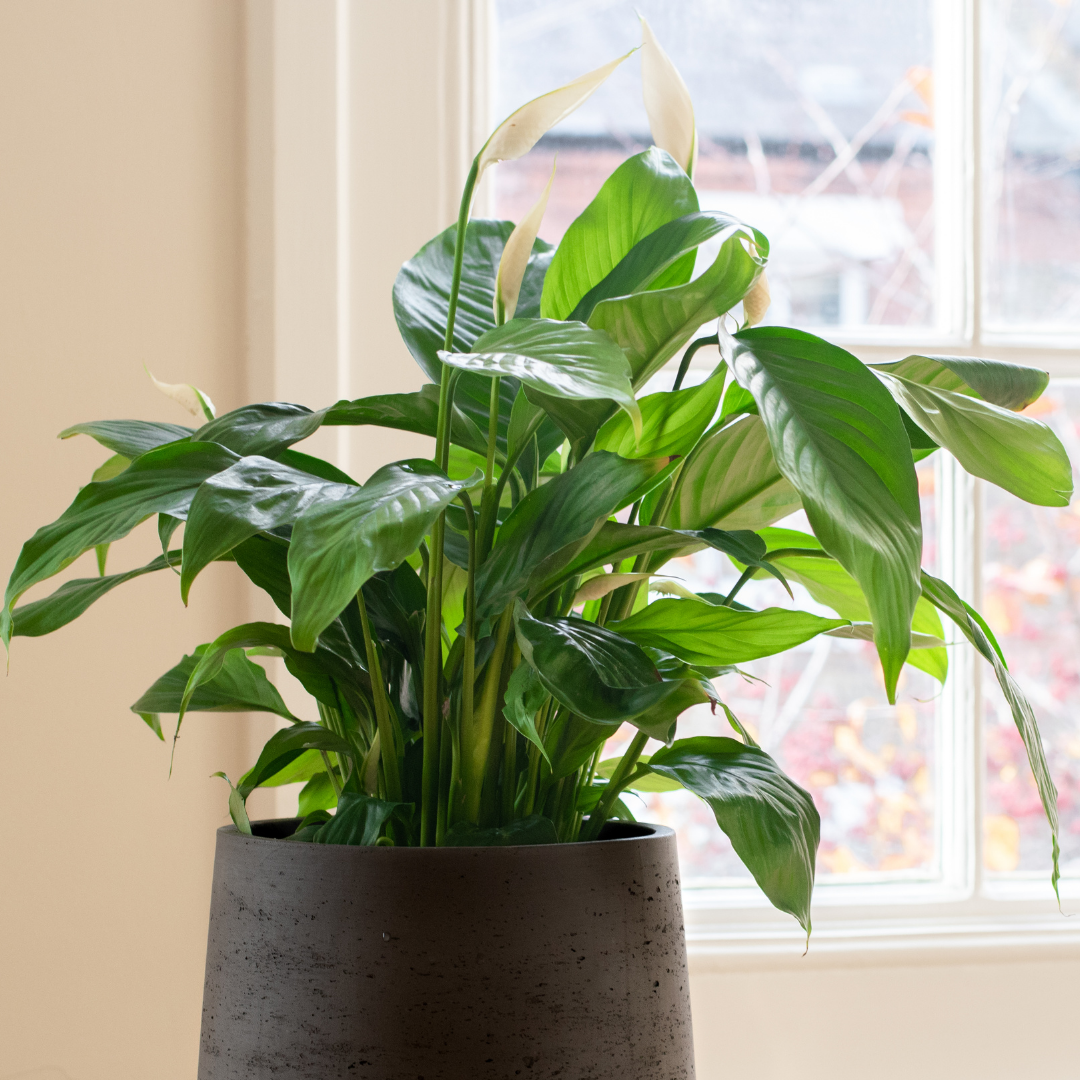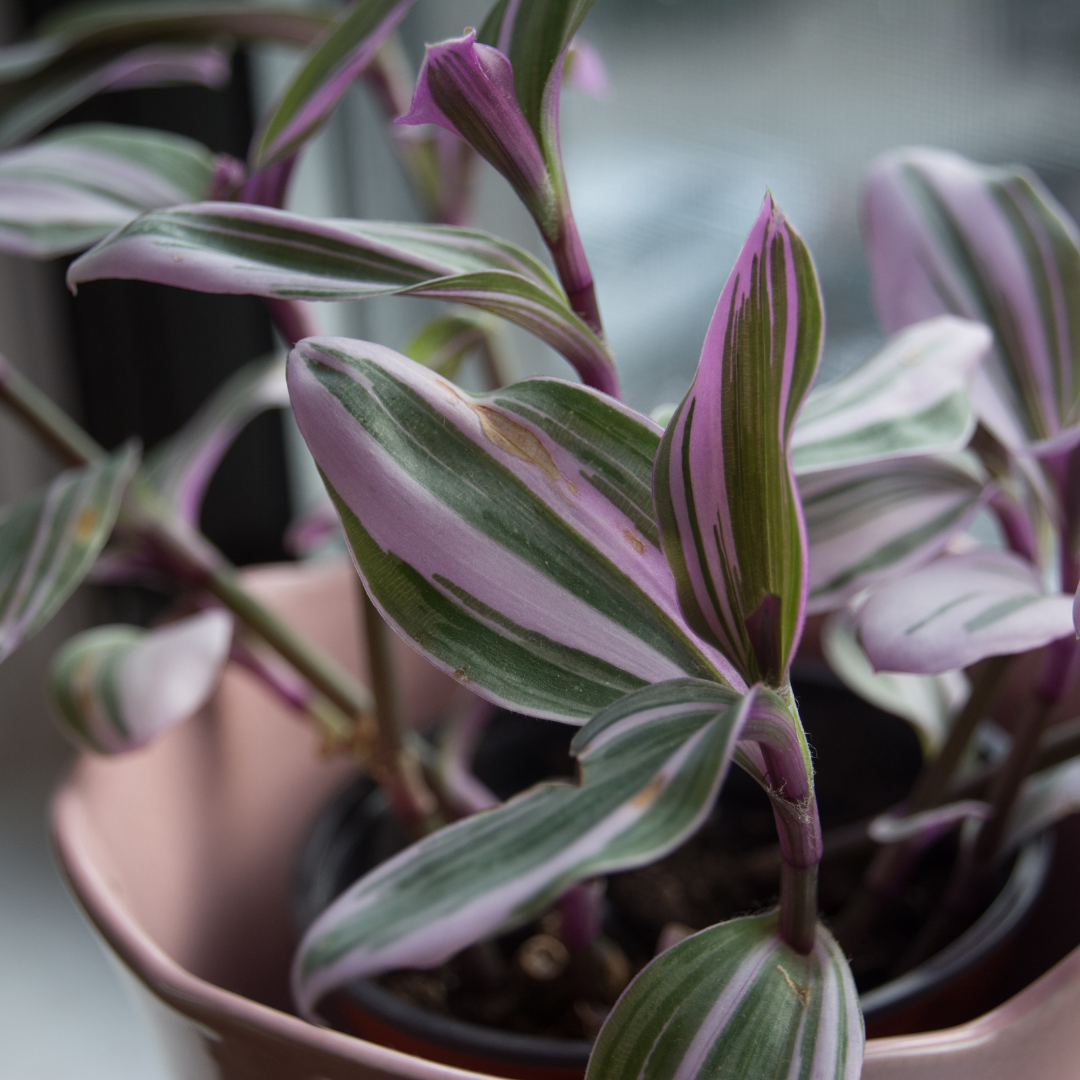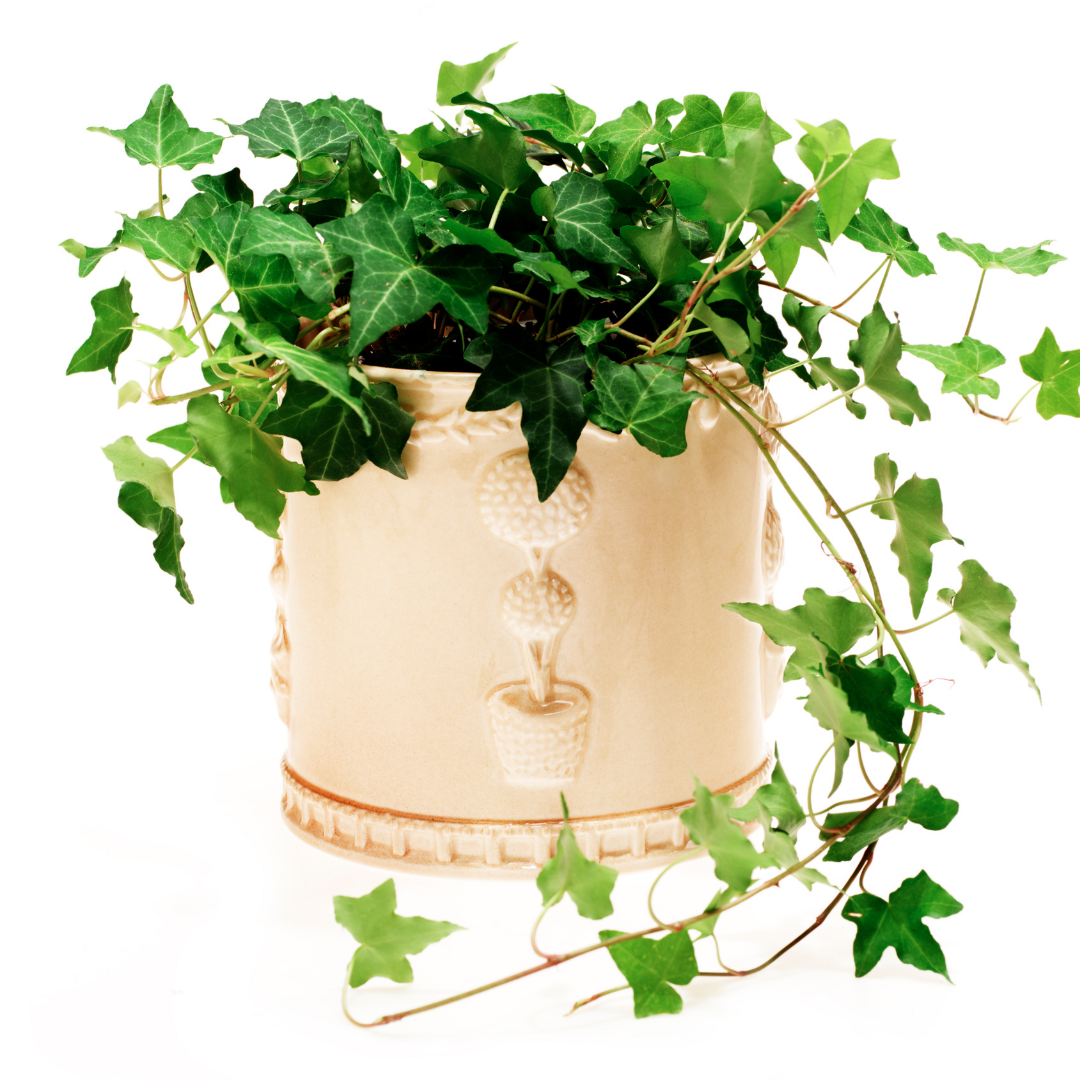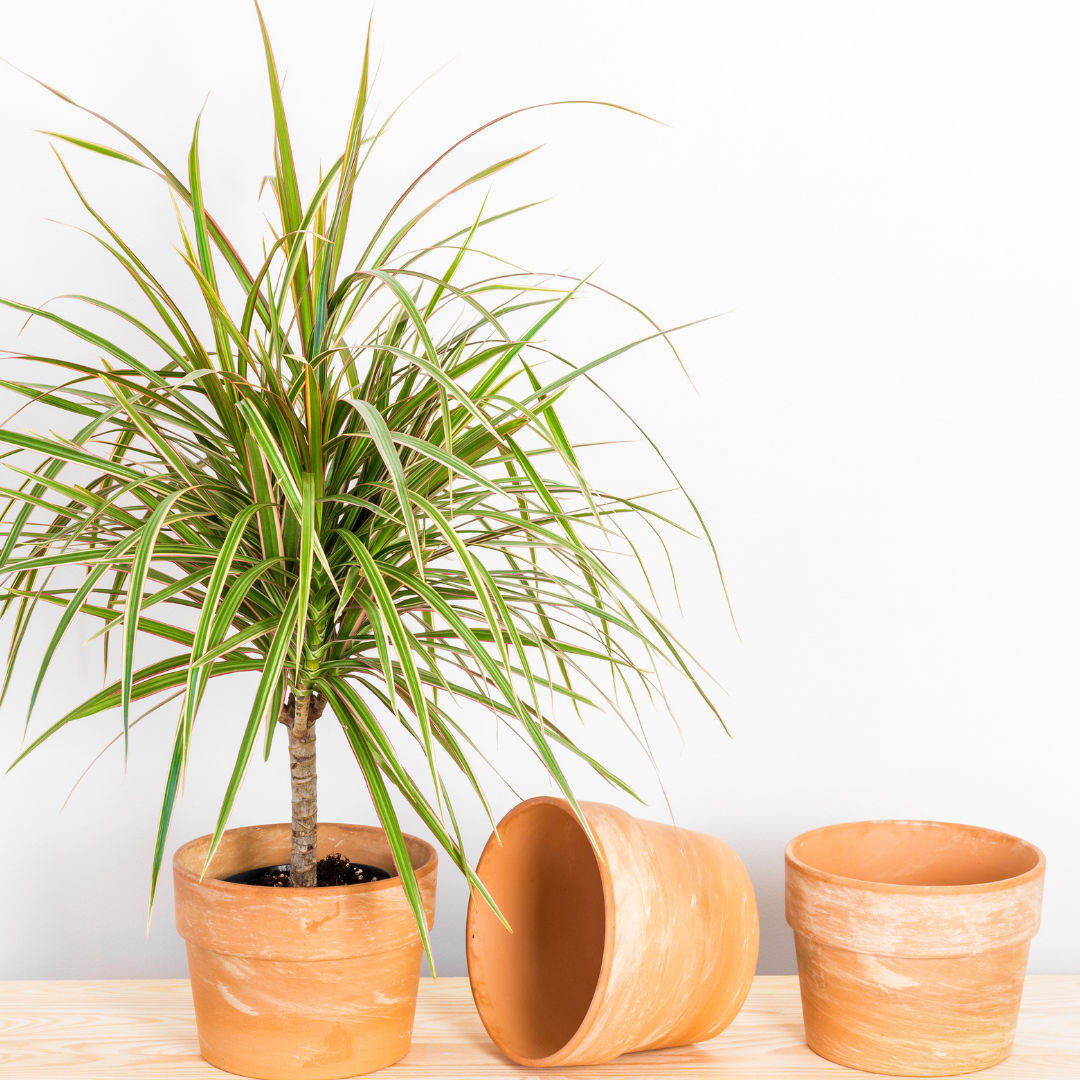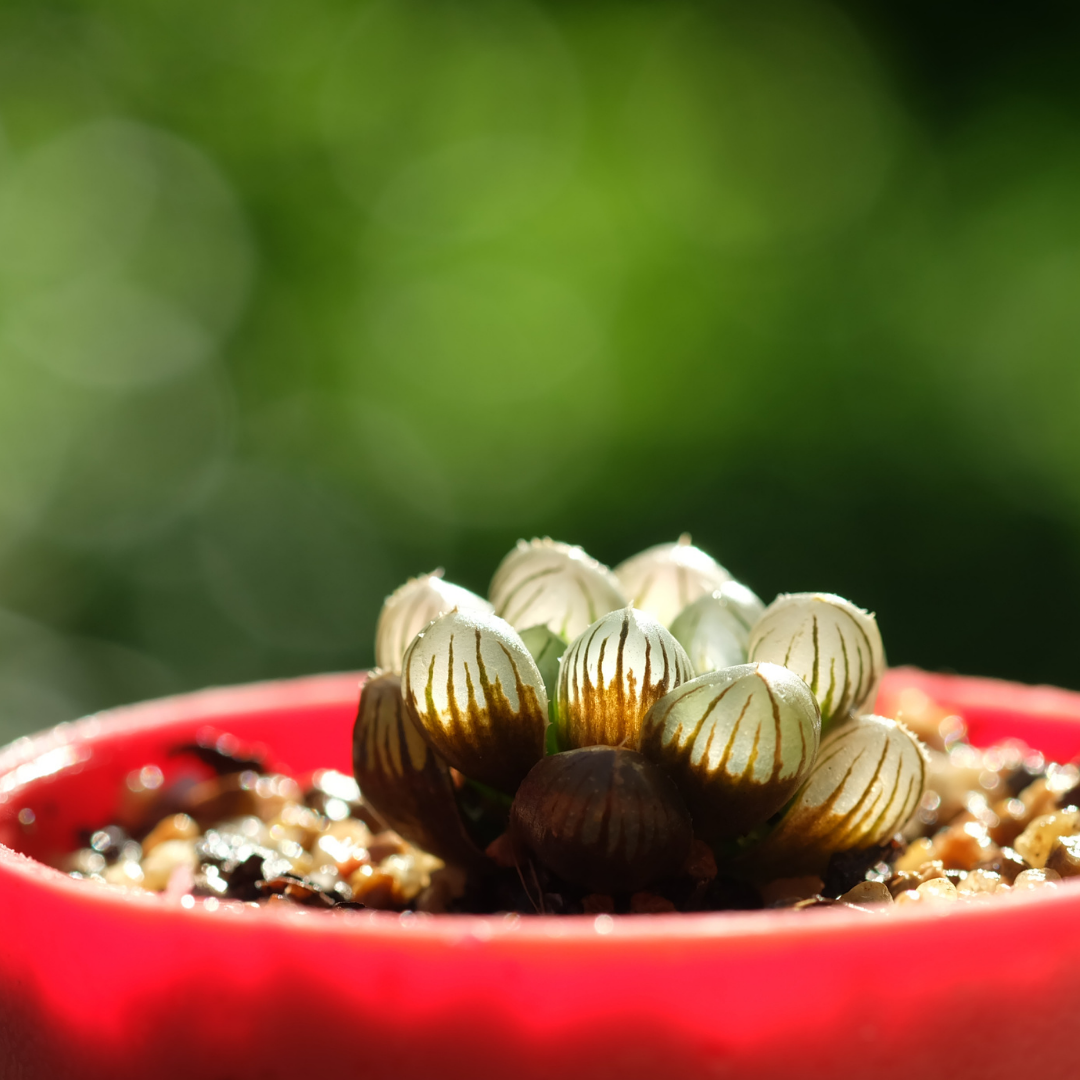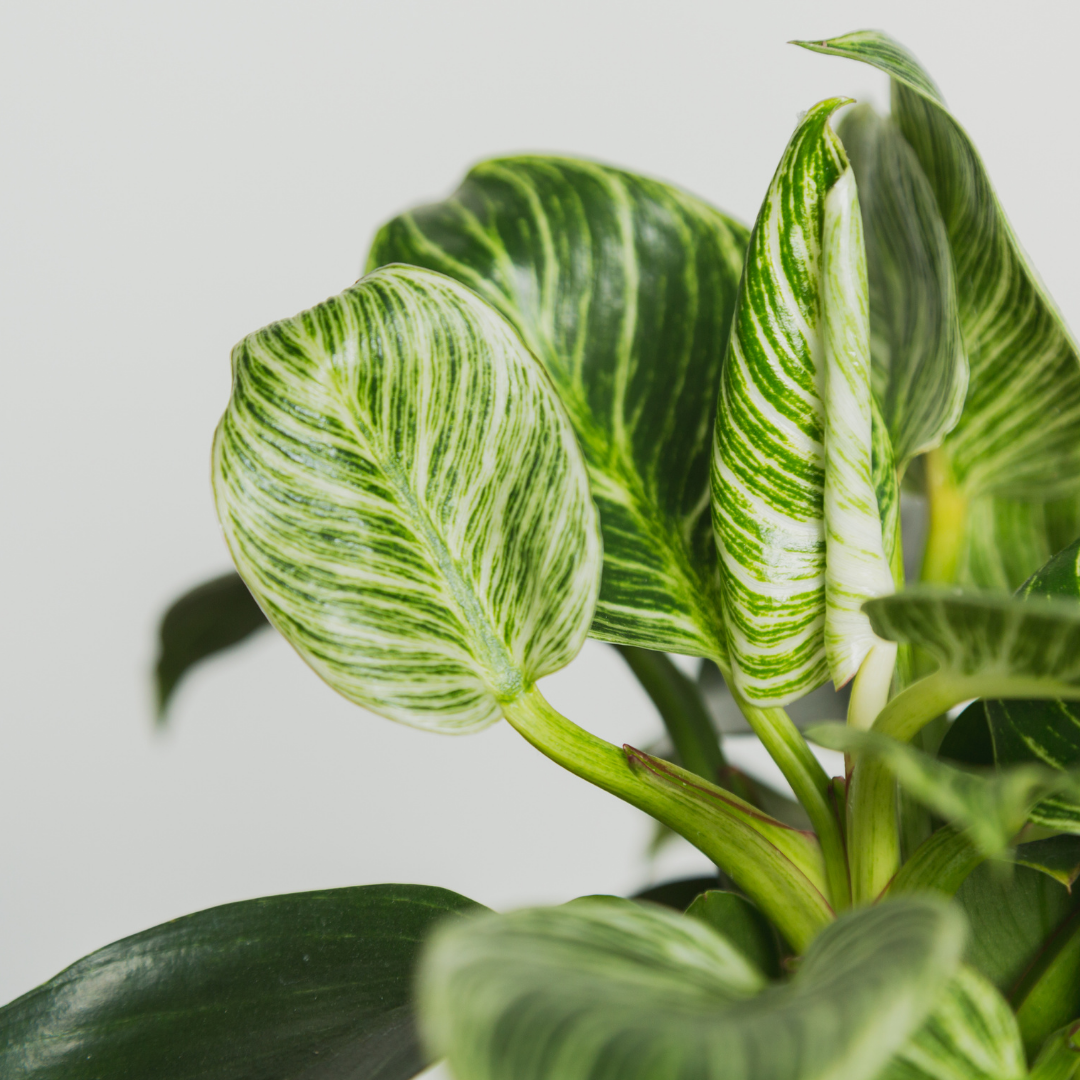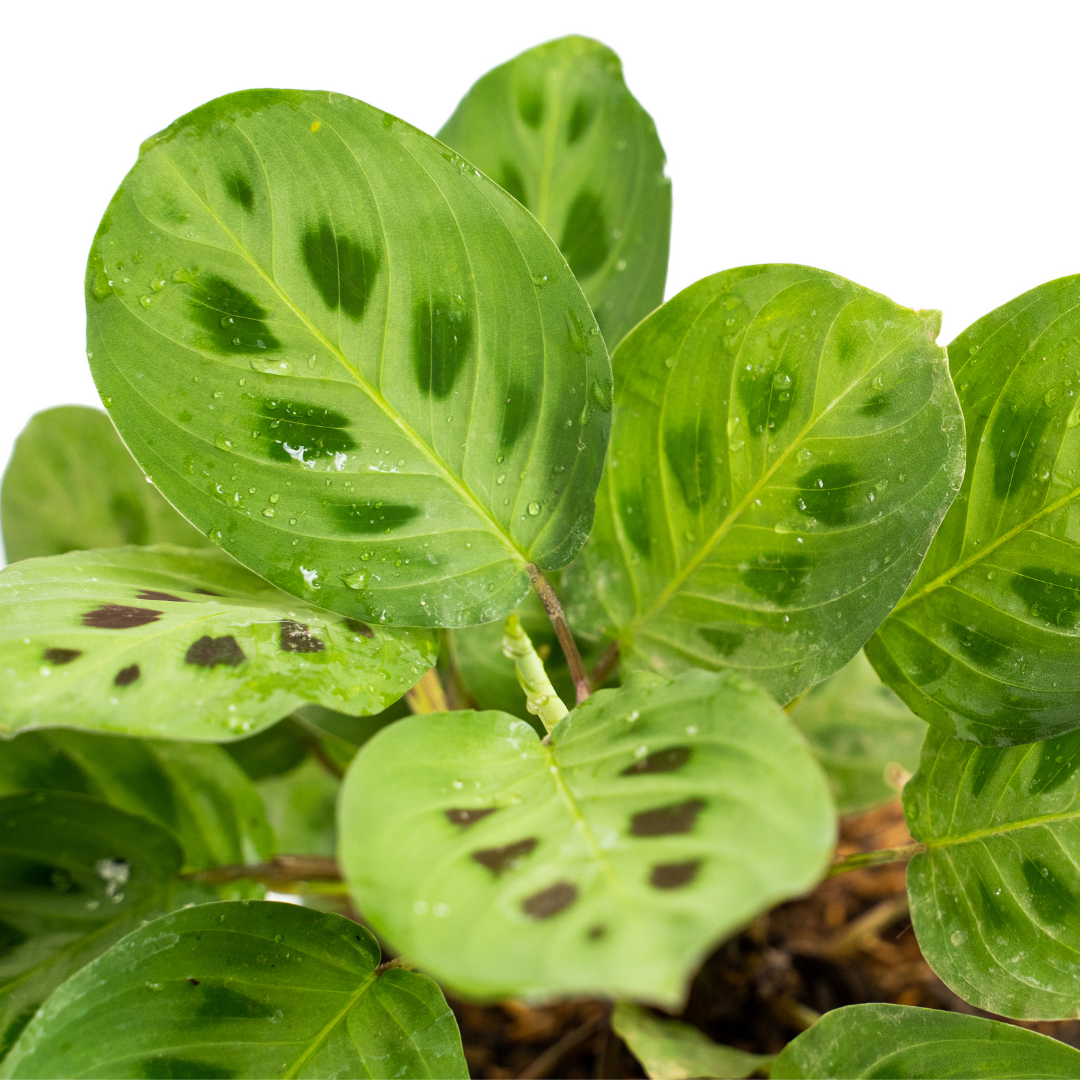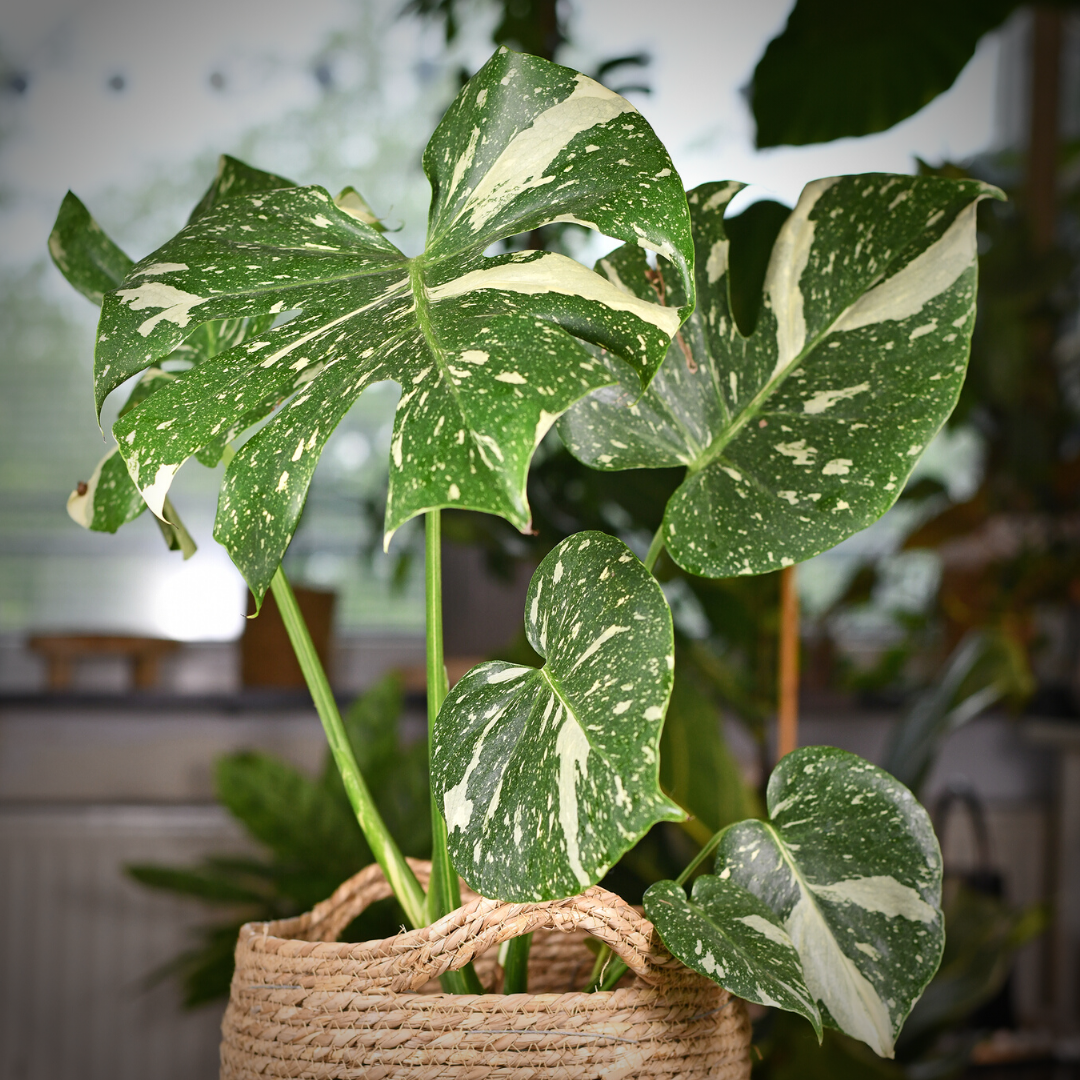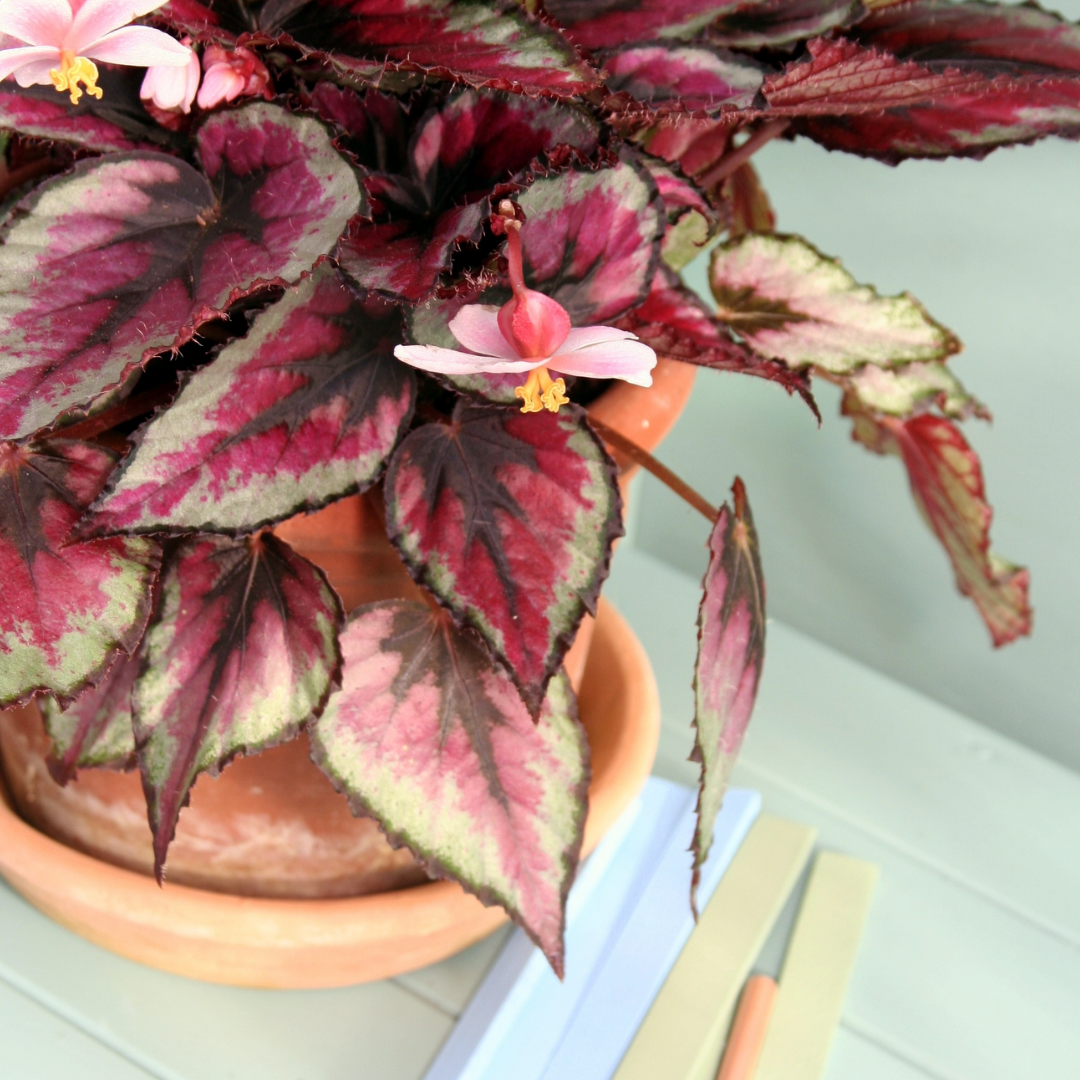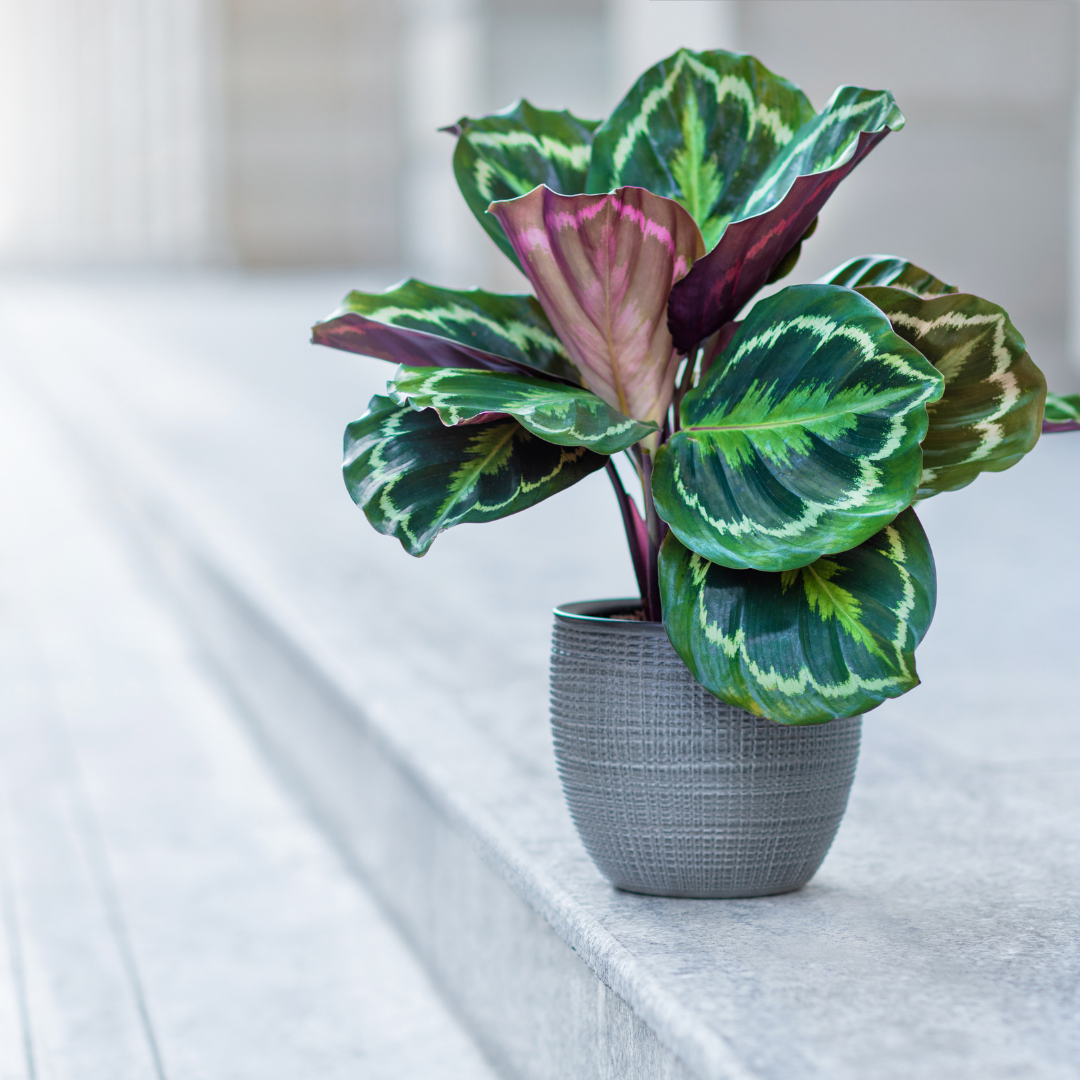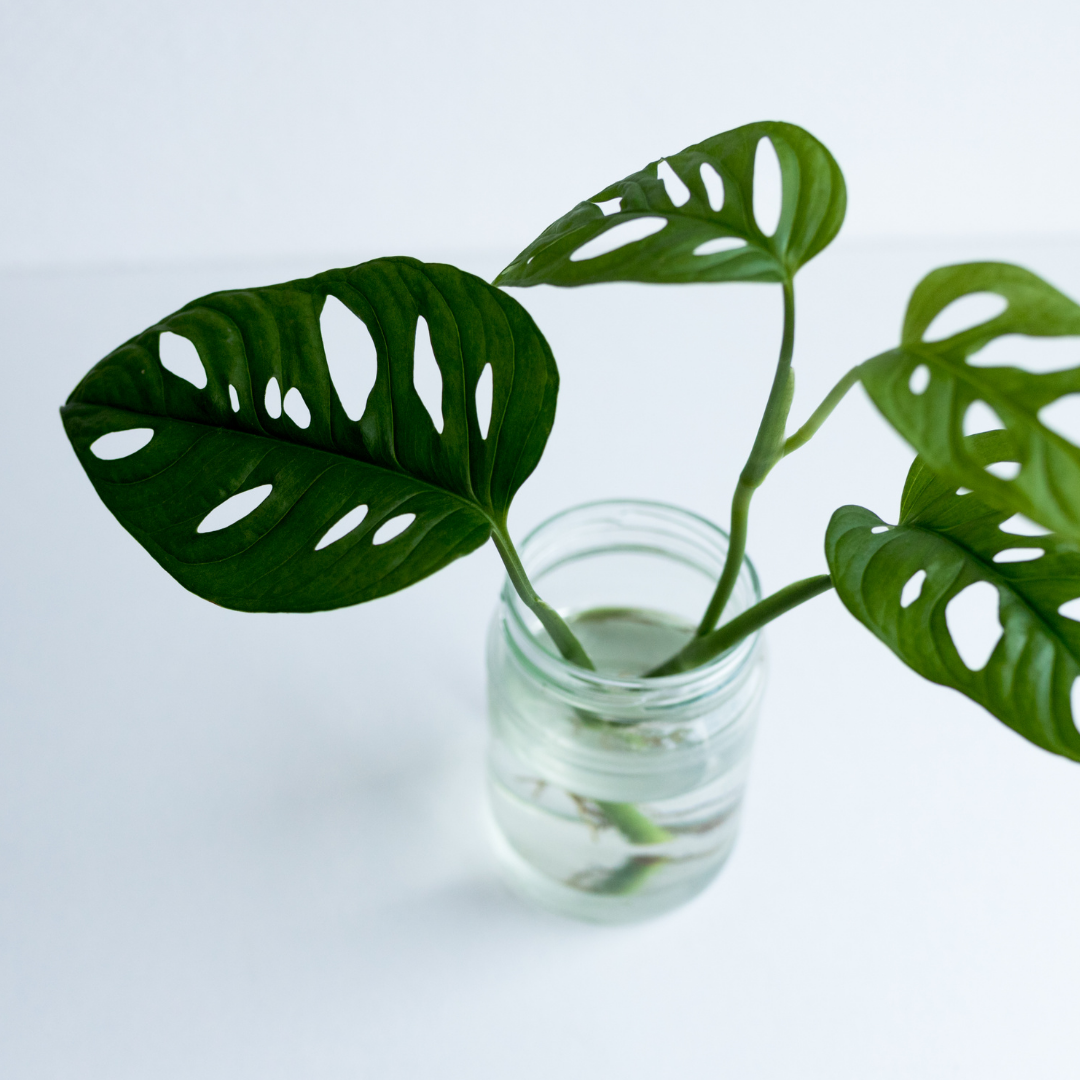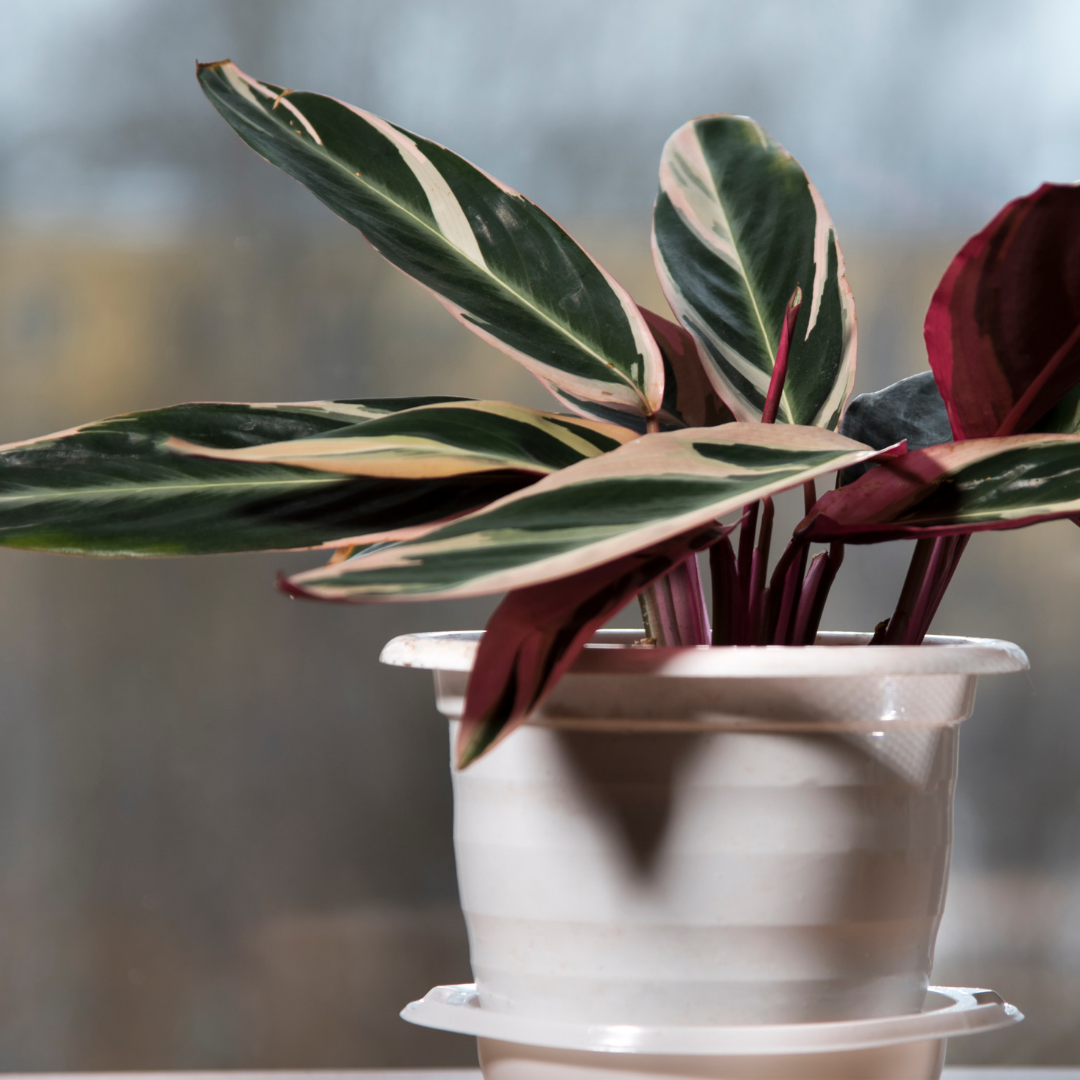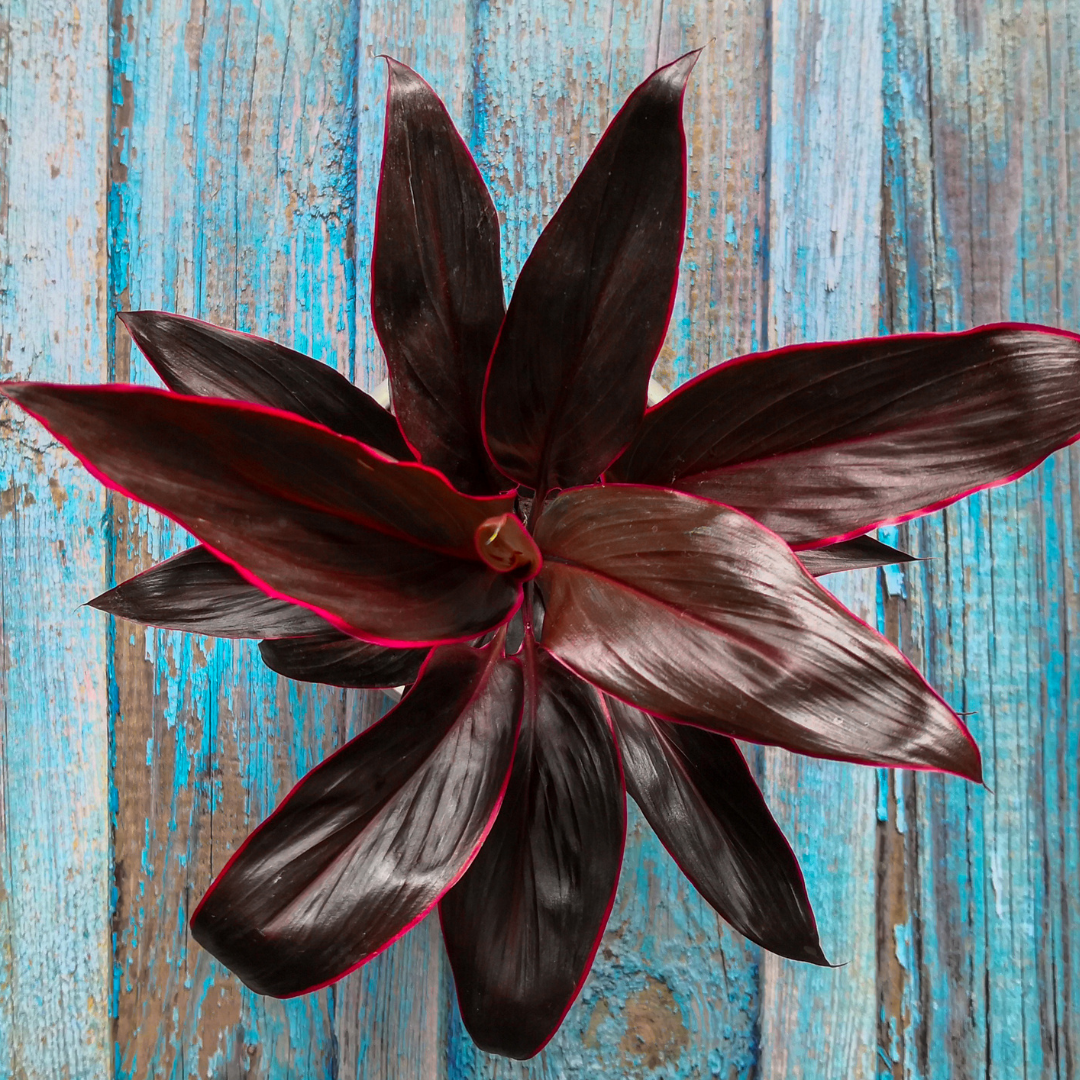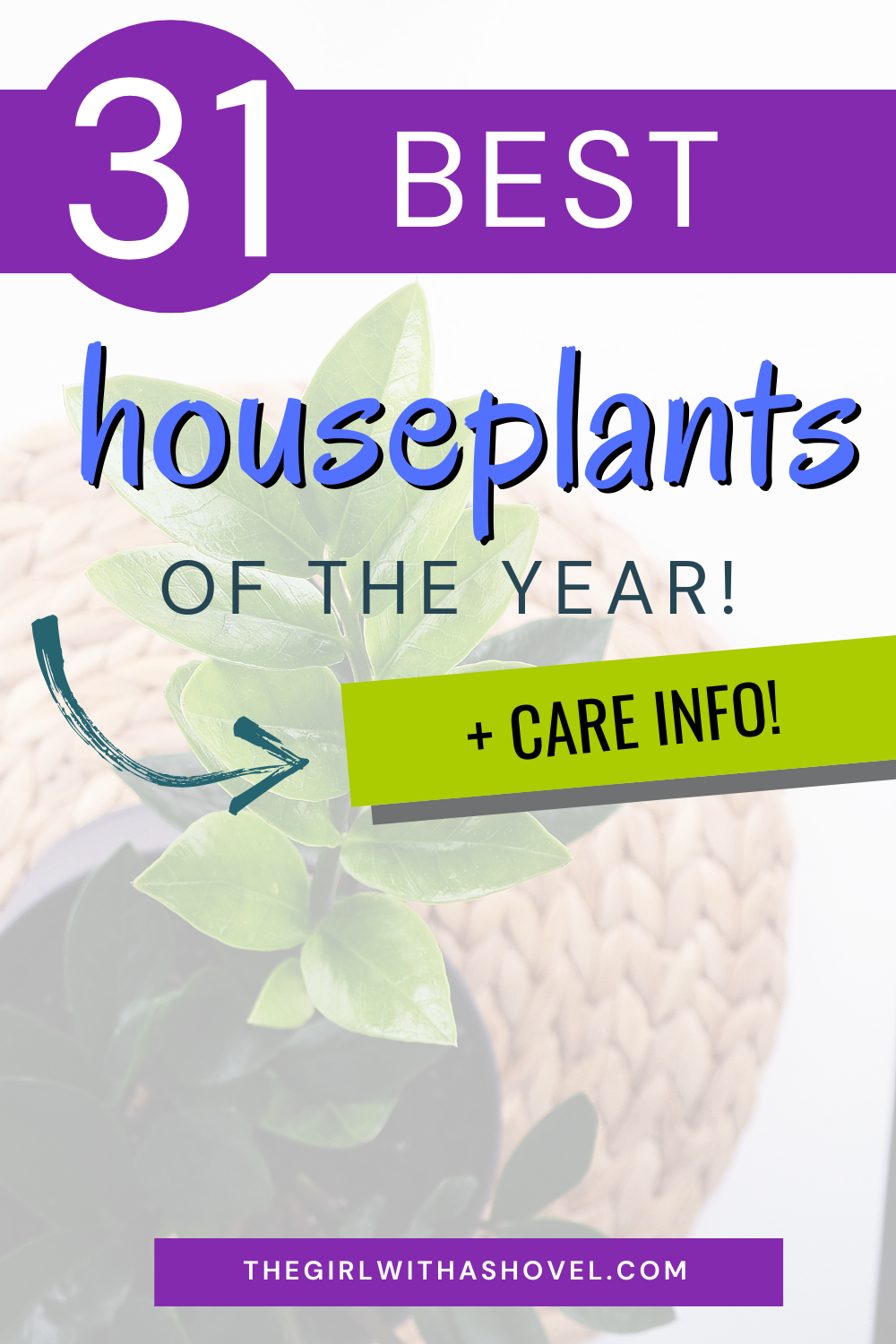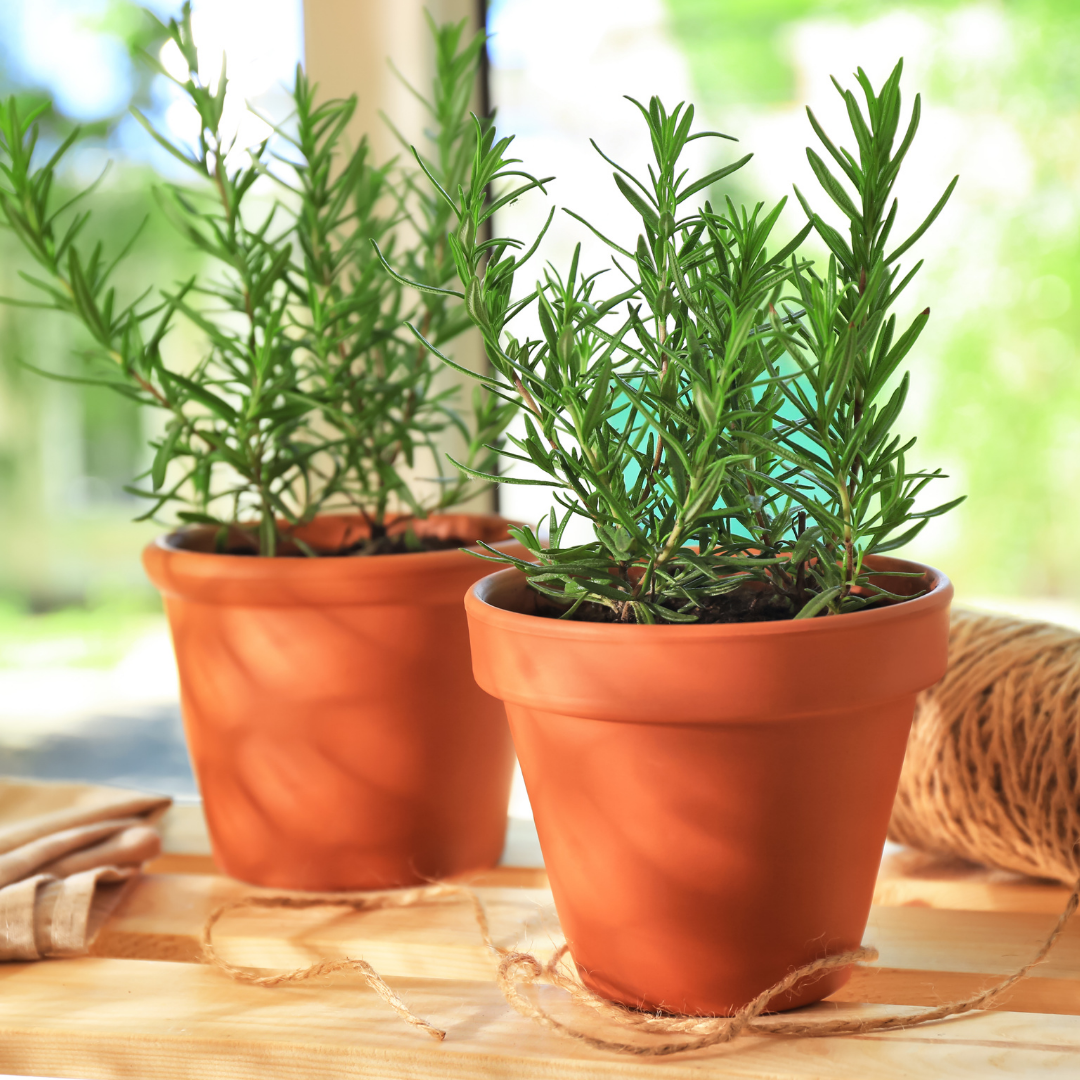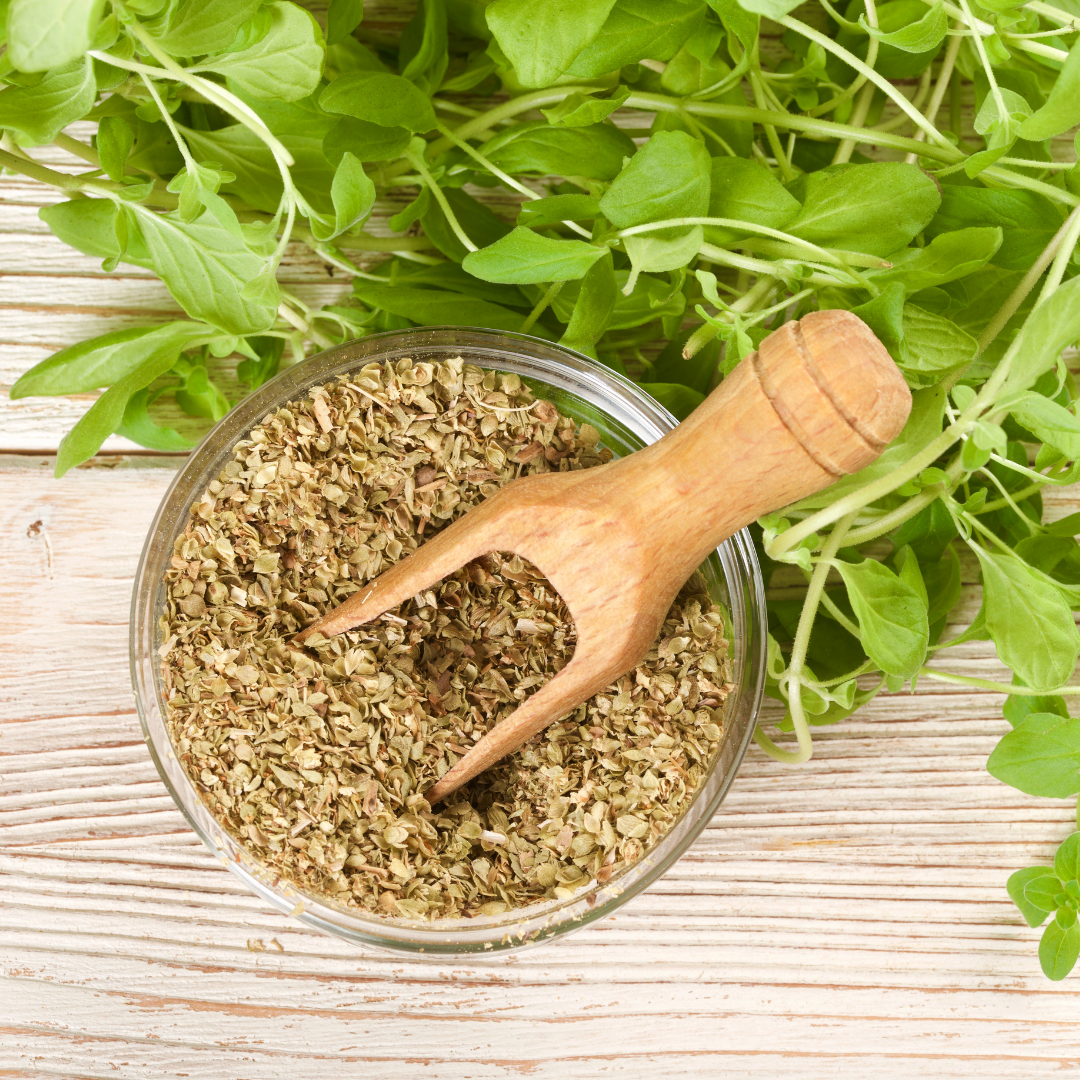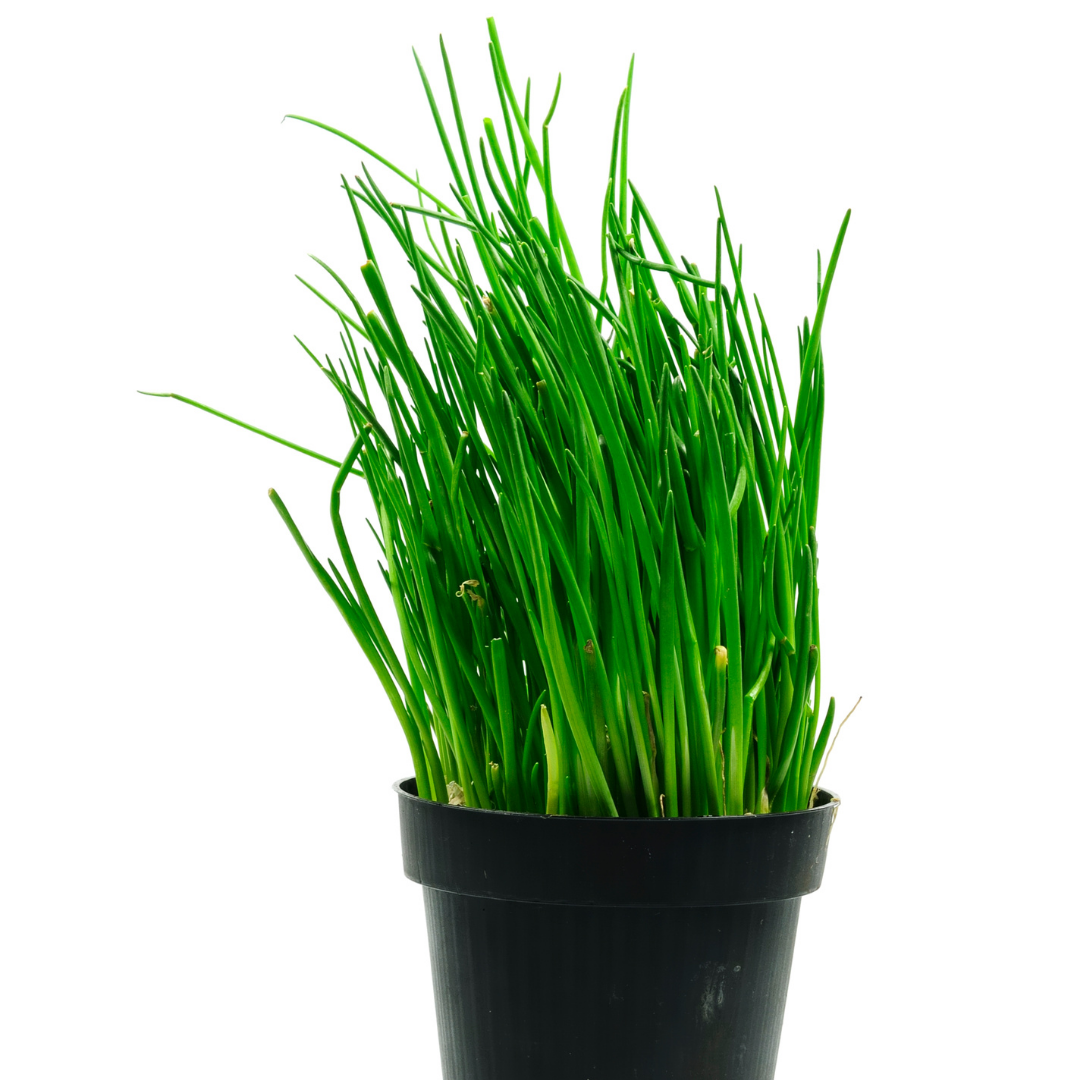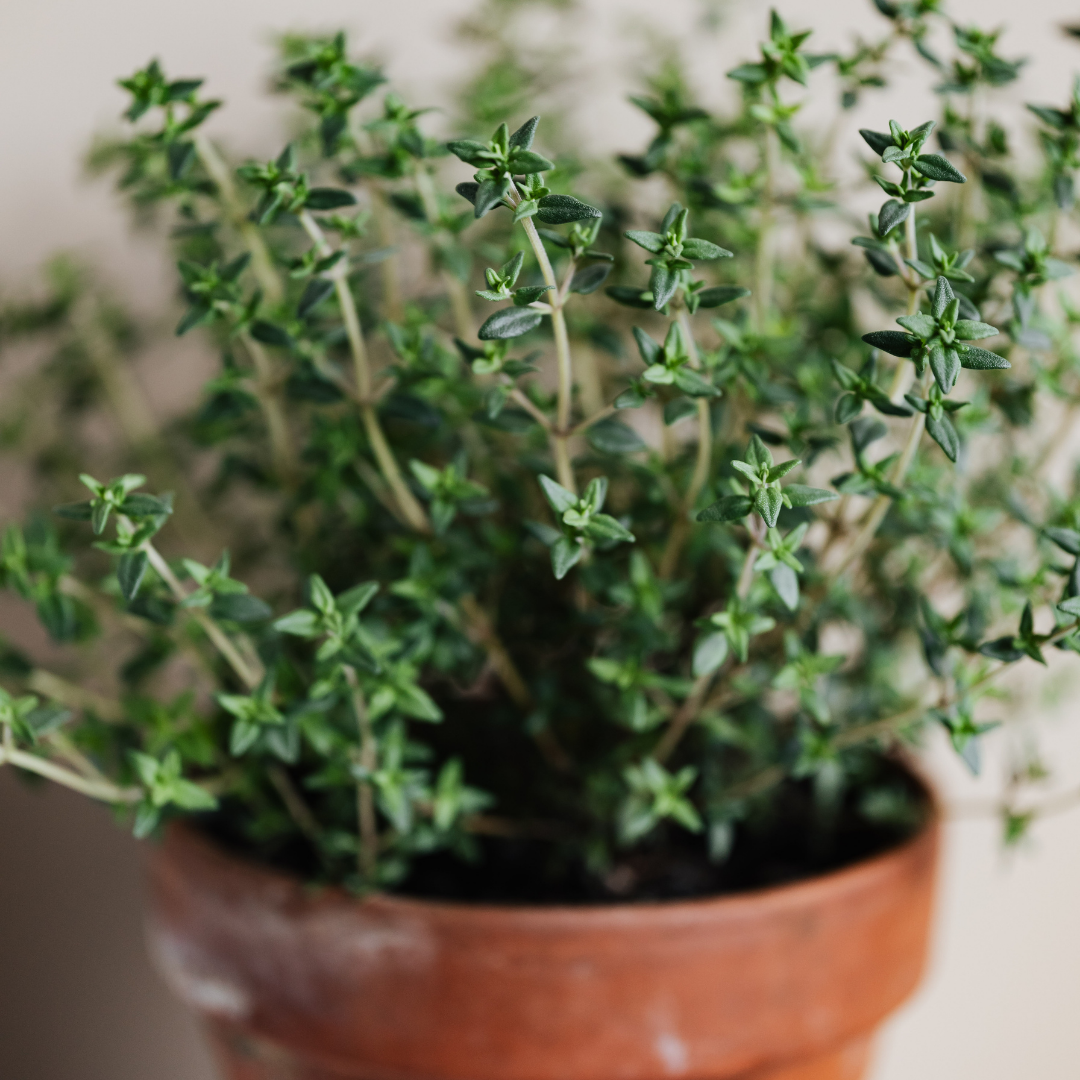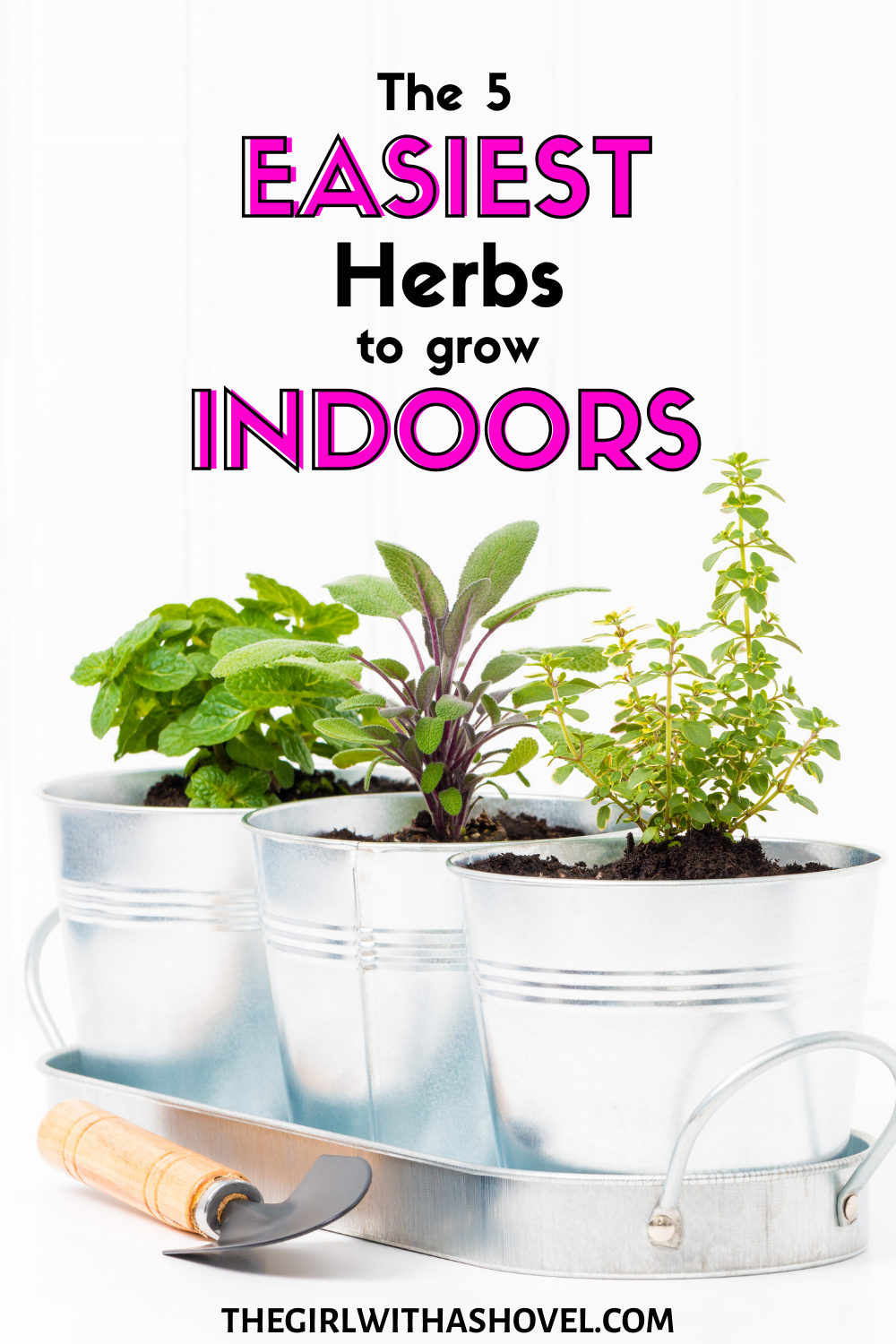SUMMARY: Succulents and cacti are both drought-resistant plants, but cacti are a subset of succulents with unique characteristics like areoles and spines. While they have similar care requirements indoors, including well-draining soil and careful watering, succulents generally tolerate more frequent watering and lower light conditions compared to cacti.
Hey there, plant lovers! Are you ready to dive into the wonderful world of succulents and cacti? These quirky little plants have taken the indoor gardening scene by storm, and for good reason. They’re low-maintenance, come in all sorts of shapes and sizes, and add a touch of desert flair to any room.
I remember when I first started my succulent collection. I was so excited to bring home my first few plants, but I quickly realized I had no idea how to tell the difference between succulents and cacti, let alone how to care for them. Sound familiar?
Don’t worry, I’ve got you covered. In this article, we’ll explore the key differences between succulents and cacti, and I’ll share some tried-and-true tips for keeping your prickly pals happy and healthy indoors. Plus, I’ll introduce you to some easy-to-care-for varieties that are perfect for beginners.
So, whether you’re a seasoned plant parent or a total newbie, get ready to learn everything you need to know about these trendy, low-maintenance plants. Trust me, by the end of this article, you’ll be a succulent and cactus pro!
What are Succulents and Cacti?
Before we dive into the nitty-gritty of caring for succulents and cacti, let’s make sure we’re all on the same page about what these plants actually are. I know I had a bit of confusion when I first started my collection, so let’s clear things up!
Defining Succulents
Succulents are a broad category of plants that have adapted to store water in their leaves, stems, or roots. This adaptation allows them to survive in arid environments or through periods of drought. The word “succulent” comes from the Latin word “sucus,” which means juice or sap.
Some common characteristics of succulent plants include:
- Thick, fleshy leaves or stems
- Waxy or glossy appearance
- Compact growth habit
- Shallow root systems

You might be surprised to learn that succulents come in a wide variety of shapes, sizes, and colors. From the rosette-shaped echeveria to the trailing burro’s tail, there’s a succulent out there for every style and space!
Defining Cacti
Now, let’s talk about cacti. Cacti (plural for cactus) are actually a subfamily of succulents, which means all cacti are succulents, but not all succulents are cacti. Mind-blowing, right?
Here are some key features that set cacti apart from other succulents:
- Areoles (specialized branch nodes) that give rise to spines, hair, or flowers
- Spines instead of leaves (in most cases)
- Cylindrical or spherical stems
- Ribbed or tubercled surface texture
Cacti are native to the Americas and have adapted to survive in some of the harshest desert conditions on Earth. From the tiny, button-like peyote cactus to the towering saguaro, these plants are as tough as they are fascinating!

Differences Between Succulents and Cacti
Now that we’ve got the basics down, let’s explore the key differences between succulents and cacti. And it’s not just that they come from different plant families. Trust me, once you know what to look for, you’ll be able to tell them apart like a pro!
Appearance and Characteristics
One of the most obvious differences between succulents and cacti is their appearance. While succulents come in a wide range of shapes and sizes, cacti have a more distinct look. Here are some key characteristics to help you distinguish between the two:
- Leaves: Most succulents have visible leaves, while cacti have modified leaves in the form of spines or tiny, deciduous leaves that fall off early in the plant’s life.
- Spines: Cacti have areoles, which are small, raised bumps on the stem where spines, hair, or flowers grow. Succulents, on the other hand, rarely have spines.
- Stem shape: Cacti often have cylindrical or spherical stems, while succulents come in a variety of shapes, including rosettes, paddles, and trailing stems.
- Flowers: Both succulents and cacti can produce stunning flowers, but cacti flowers typically grow from the areoles, while succulent flowers grow from the end of the stem or between the leaves.
I remember the first time I saw a flowering cactus in person. I was amazed by the delicate, colorful blooms that seemed to appear out of nowhere on the prickly, intimidating plant. It was a beautiful reminder that even the toughest, most resilient plants have a softer side!

Native Habitats
Another key difference between succulents and cacti is their native habitats. While both groups of plants have adapted to survive in arid conditions and environments, they have evolved in different parts of the world.
- Succulents: Succulents are found on every continent except Antarctica, with the majority of species native to Africa, Central America, and South America. They can grow in a variety of habitats, from coastal cliffs to high-altitude mountains.
- Cacti: Cacti, on the other hand, are native exclusively to the Americas, with the exception of a few species that have been introduced to other parts of the world. They are primarily found in desert regions, from the southwestern United States to the dry valleys of the Andes Mountains.
Understanding the native habitats of succulents and cacti can give you valuable insights into their care requirements. For example, if you know that a particular cactus species is native to the high-altitude deserts of Peru, you can infer that it likely prefers cool temperatures and plenty of sunlight.
Caring for Succulents Indoors
Alright, now that you’re an expert on the differences between succulents and cacti, let’s talk about how to keep your succulent babies happy and healthy indoors. I’ll let you in on a little secret: it’s easier than you might think!
Light Requirements
One of the most important factors in succulent care is light. These sun-loving plants need plenty of bright, direct light to thrive indoors. Here are some tips to ensure your succulents get the light they need:
- Place your succulents near a south- or east-facing window that receives at least 6 hours of direct sunlight per day.
- If you don’t have a sunny window, consider investing in a grow light to provide your plants with the light they crave.
- Rotate your succulents every few weeks to ensure even growth and prevent them from stretching towards the light source.

I learned the hard way that succulents can be quite particular about their light requirements. I once placed a beautiful echeveria on a north-facing windowsill, thinking it would be happy there. Boy, was I wrong! Within a few weeks, the poor thing had stretched out like a rubber band, desperately searching for more light. Lesson learned: always prioritize light when it comes to succulent care!
Watering Needs
Another crucial aspect of succulent care is watering. Succulents are drought-tolerant plants that store water in their leaves and stems, so they don’t need to be watered as frequently as other houseplants. Here’s how to get it right:
- Water your succulents deeply, but infrequently. Allow the soil to dry out completely between waterings.
- When in doubt, it’s better to underwater than overwater. Overwatering is one of the most common causes of succulent death.
- During the winter months, reduce watering frequency even further, as succulents go dormant and require less water.
I’ve found that the “soak and dry” method works best for my succulents. I give them a thorough watering, making sure the water runs out of the drainage holes at the bottom of the pot, and then I let the soil dry out completely before watering again. It’s like giving your succulents a big drink of water, followed by a nice, long nap!

Soil and Potting
Last but not least, let’s talk about soil and potting. Succulents need well-draining soil and pots with drainage holes to prevent root rot. Here’s what you need to know:
- Use a cactus or succulent potting mix that contains ingredients like perlite, pumice, or coarse sand to improve drainage.
- Choose pots with drainage holes to allow excess water to escape. Terra cotta or unglazed ceramic pots are great options, as they allow the soil to breathe.
- Avoid using regular potting soil or pots without drainage holes, as this can lead to waterlogged soil and unhappy succulents.
When I first started collecting succulents, I made the mistake of potting them in regular potting soil. I quickly learned my lesson when I noticed my plants kept dying from overwatering, despite how little I actually watered them. I repotted them in a well-draining cactus mix, and my succulents suddenly stopped dying! It’s amazing what a difference the right soil can make.

Caring for Cacti Indoors
Now that we’ve covered the basics of succulent care, let’s dive into the world of cacti. These prickly plants may seem intimidating at first, but with a few simple tips, you’ll be a cactus-caring pro in no time!
Light Requirements
Just like their succulent cousins, cacti need plenty of bright, direct light to thrive indoors. In fact, cacti are some of the most sun-loving plants out there! Here’s what you need to know:
- Place your cacti in a south-facing window that receives at least 6-8 hours of direct sunlight per day.
- If you live in a particularly hot climate, you may need to provide some afternoon shade to prevent sunburn.
- If you don’t have a sunny enough window, consider using a grow light to supplement your cactus’s light needs.
I once had a small cactus collection that I kept on a north-facing windowsill, thinking they would be fine with indirect light. Oh, how wrong I was! My poor cacti started to etiolate, or stretch out, in search of more light. I quickly learned my lesson and moved them to a sunny south-facing window, where they thrived. (Now I just need to keep my toddler out of them, yikes!)

Watering Needs
Cacti are some of the most drought-tolerant plants out there, so it’s important not to overwater them. Here are some tips for watering your cacti:
- Water your cacti deeply, but infrequently. Allow the soil to dry out completely between waterings, which may take several weeks.
- During the winter months, reduce watering even further, as cacti go dormant and require very little water.
- When in doubt, err on the side of underwatering. Overwatering is the number one killer of cacti!
I like to use the “toothpick test” to determine when my cacti need water. I simply stick a toothpick into the soil, and if it comes out clean and dry, it’s time to water. If there’s still moisture on the toothpick, I wait a bit longer. It’s a simple but effective way to avoid overwatering! And if your cactus is too large or if you are risking getting pricked, you can also use a wooden chinese chopstick to test for moisture in the soil! (Or, you can also just get a soil moisture meter…)
Soil and Potting
Like succulents, cacti need well-draining soil and pots with drainage holes to prevent root rot. Here’s what you need to know:
- Use a cactus-specific potting mix that contains ingredients like coarse sand, perlite, or pumice to improve drainage.
- Choose pots with ample drainage holes to allow excess water to escape. Unglazed ceramic or terra cotta pots work well.
- Avoid using regular potting soil or pots without drainage, as this can lead to waterlogged soil and unhappy cacti.
When repotting cacti, I either wear thick gloves to protect my hands from the spines, or I’ll use tongs to not even have to touch the cactus. Trust me, once you get pricked, it’s not a mistake you’ll make twice!

I also like to add a layer of pebbles or gravel to the bottom of the pot to improve drainage and prevent water from pooling at the base. Just don’t add too much gravel or pebbles to the bottom or you can cause other problems.
With the right light, water, and soil conditions, your indoor cacti will thrive and bring a touch of the desert flair to your home. Just remember: when in doubt, err on the side of neglect. Cacti are tough, resilient plants that can handle a bit of tough love!
Easy Succulents for Beginners
If you’re new to the world of succulents, you might be wondering which varieties are the easiest to care for. Fear not, my friend! I’ve got you covered with three foolproof options that are perfect for beginners.
Jade Plant
The jade plant (Crassula ovata) is a classic succulent that’s been a staple in households for generations. With its thick, glossy leaves and easy-going nature, it’s no wonder why. Here’s what you need to know:
- Jade plants prefer bright, indirect light but can tolerate some direct sun.
- Allow the soil to dry out completely between waterings, and reduce watering frequency during the winter months.
- Jade plants are slow growers, so they don’t need to be repotted very often. When you do repot, choose a pot that’s only slightly larger than the previous one.

I personally love jade plants as it always reminds me of a rather large jade plant my grandmother kept for years. I still wish I could have gotten a cutting of that plant, but unfortunately I only got my green thumb well after she had sold her house and moved out of the state. So I’ll never have her jade plant… But they still remind me of her every time I see one.
Aloe Vera
Aloe vera is another beginner-friendly succulent that’s known for its medicinal properties. The gel inside the leaves can be used to soothe burns, cuts, and other skin irritations. Here’s how to care for your aloe vera plant:
- Aloe vera prefers bright, indirect light but can tolerate some direct sun in the mornings or evenings. It can also tolerate some lower light conditions (although if it’s too low, then your plant might stretch).
- Allow the soil to dry out completely between waterings, and be careful not to overwater, as this can lead to root rot.
- Aloe vera plants produce offsets, or “pups,” which can be separated from the mother plant and potted up on their own.
- Try not to move this plant. It adapts well to its location and if you keep moving it, this makes it harder for the plant to thrive.
I always keep an aloe vera plant in my kitchen for those inevitable cooking mishaps. There’s nothing quite like the instant relief of fresh aloe gel on a minor burn, or on one of my kids’ sunburns. Plus, the plant itself is a beautiful addition to any sunny windowsill.

Snake Plant
The snake plant (Sansevieria trifasciata) is a tough-as-nails succulent that can tolerate just about anything, from low light to infrequent watering. Here’s what you need to know:
- Snake plants can survive in a wide range of light conditions, from low to bright indirect light.
- Allow the soil to dry out completely between waterings, and reduce watering frequency during the winter months.
- Snake plants are slow growers and can go years without needing to be repotted.
I once forgot to water my snake plant for over a month (oops!), but when I finally remembered, it looked just as healthy as ever. These plants are practically indestructible and are perfect for anyone who’s prone to neglecting their houseplants.

So there you have it, folks! Three easy-peasy succulents that are perfect for beginners. With a little bit of light, some well-draining soil, and a touch of neglect, these plants will thrive in your home for years to come.
Easy Cacti for Beginners
Now that we’ve covered some easy-to-care-for succulents, let’s talk about cacti that are perfect for beginners. Don’t let their prickly exterior fool you – these plants are just as easy to care for as their succulent cousins!
Mammillaria
Mammillaria, also known as “pincushion cacti,” are a genus of small, spherical cacti that are native to Mexico and the southwestern United States. Here’s what you need to know:
- Mammillaria cacti prefer bright, direct light but can tolerate some light shade.
- Allow the soil to dry out completely between waterings, and reduce watering frequency during the winter months.
- These cacti are slow growers and can stay in the same pot for several years before needing to be repotted.
I have a small collection of mammillaria cacti on my windowsill, and I love watching them grow and change throughout the year. In the spring and summer, they produce delicate, colorful flowers that add a pop of color to my home. Plus, their compact size makes them perfect for small spaces!

Bunny Ears Cactus
The bunny ears cactus (Opuntia microdasys) is a fun and quirky cactus that’s perfect for beginners. Here’s what you need to know:
- Bunny ears cacti prefer bright, direct light but can tolerate some light shade.
- Allow the soil to dry out completely between waterings, and reduce watering frequency during the winter months.
- These cacti have small, fuzzy-looking glochids instead of sharp spines, but they can still cause irritation if touched, so handle with care!

I once made the mistake of touching a bunny ears cactus without gloves on, and let me tell you, those little glochids are no joke! They stuck to my skin like Velcro and were a pain to remove. Lesson learned – always use tongs or gloves when handling these cute but prickly plants!
Prickly Pear Cactus
The prickly pear cactus (Opuntia spp.) is a larger cactus that’s native to the Americas. While it may look intimidating, it’s actually quite easy to care for. Here’s what you need to know:
- Prickly pear cacti prefer bright, direct light and can tolerate some heat and drought.
- Allow the soil to dry out completely between waterings, and reduce watering frequency during the winter months.
- These cacti can grow quite large, so make sure to choose a pot that’s big enough to accommodate their size.

I always remember the prickly pear cactus I used to see growing natively in the southwest. On a particular field trip, we came upon a large group of prickly pear setting fruit. My professor encouraged us to pick one and taste the fruit. And let me say, it’s pretty good! Just be sure to keep your fingers clear of all those spines!
Christmas Cactus
While this indoor plant is classified as a cactus, I wanted to point out that this is one cactus that can grow well in medium light (aka, a lot less than all other cacti!). As a tropical cactus, it prefers to be in humid, moist environments. It is an ideal choice for a bathroom with a window, where it will get sufficient light, while also benefitting from the increased humidity that comes from running the shower.
For more information on how to care for this plant, check out my post How to Care for Christmas Cactus!

Well, there you have it, folks – everything you need to know to become a bonafide succulent and cactus parent! We’ve covered the key differences between these two types of plants, delved into their specific care requirements, and even highlighted some easy-to-care-for varieties that are perfect for beginners.
I hope this article has inspired you to add a few of these easy, low-maintenance plants to your home. Whether you’re drawn to the vibrant colors of succulents or the striking shapes of cacti, there’s a plant out there for everyone.
Conclusion:
The key to success with succulents and cacti is to provide them with plenty of bright, direct light, well-draining soil, and a hands-off approach to watering. With proper care, your plants will thrive and bring joy to your home for years.
Embrace your inner plant parent and start building your own collection of succulents and cacti. It’s an addictive hobby, but a rewarding one. If you ever have any questions or concerns, don’t hesitate to reach out or join our Facebook group, Houseplants for Plant Killers. We’re all in this together, and there’s always more to learn in the wonderful world of plants!
Happy Digging!
FAQs
Here are some of the most common questions I get about caring for succulents and cacti. Trust me, if you’re wondering about it, chances are someone else is too!
Overwatering is the primary killer of succulents and cacti. Water deeply but infrequently, allowing the soil to fully dry between waterings. During the growing season (spring and summer), water every 1-2 weeks. During the dormant season (fall and winter), water every 3-4 weeks. However, adjust the schedule based on factors like plant size, soil type, and humidity.
Monitor soil moisture regularly and water accordingly. Underwatering is preferable to overwatering, as plants can recover from drought stress but not from root rot caused by excessive moisture.
Most succulents and cacti require bright, direct light for at least 6 hours daily. Insufficient light can cause stretching, paleness, and spindly growth.
If your home lacks sunny windows, invest in a grow light or rotate your plants regularly to ensure even light exposure.
Like humans, plants need sunlight for photosynthesis and energy production. Provide your succulents and cacti with the bright, direct light they crave for healthy growth and vibrant colors.
Succulents and cacti require well-draining soil to prevent root rot. Regular potting soil holds too much moisture. Use a specialized cactus and succulent potting mix containing perlite, pumice, or coarse sand for improved drainage.
Alternatively, make your own mix by combining equal parts potting soil, coarse sand, and perlite or pumice. Use containers with drainage holes, and optionally add a layer of pebbles or gravel at the bottom for better drainage.
With the right soil and proper watering, your succulents and cacti will thrive indoors.

